 Abraham Lincoln
If given the truth, the people can be depended upon to meet any national crisis...
Abraham Lincoln
If given the truth, the people can be depended upon to meet any national crisis...
 Guildford news...
for Guildford people, brought to you by Guildford reporters - Guildford's own news service
Guildford news...
for Guildford people, brought to you by Guildford reporters - Guildford's own news service
Birdwatcher’s Diary No.225
Published on: 6 Feb, 2021
Updated on: 23 Feb, 2021
By Malcolm Fincham
Trying to take advantage of some of the few pleasant days that the second half of January was providing proved to be a challenge. With prevailing Atlantic weather systems being the main theme, brought more rain on already saturated soil.
Covid lockdown measures had really thrown a curveball my way. Restricted in my ventures by what I felt were draconian fixed rules was really starting to affect and suffocate my lifestyle.
Once again, lyrics of songs from days of my youth were playing in my thoughts. This time it was early 1970s progressive rock group, King Crimson. “Confusion will be my epitaph, as I crawl a cracked and path. If we make it we can all sit back and laugh, but I fear tomorrow I’ll be crying”.
Although a bit of a loner, (understandingly) in nature and by nature, enjoying my own company on my ventures. Pioneering solo in my local walks, I had to admit I was reluctantly missing the company of my good pals Bob and Dougal as well as our trips further afield prior to the recent lockdown.
The highlight of my month was on January 26. It had brought with it our first real taste of winter to Surrey. Waking up to snow falling was quite a surprise and preparing myself to investigate was a must.
An overnight frost had already brought ground temperatures to below zero, allowing the snow to settle immediately. With large flakes falling, it hadn’t taken long to turn my local area of Stoughton into a winter wonderland.
Although to some a burden, for me it evoked in my soul a piece of my childhood. Still reasonably fit physically, despite my ageing bones, I set out on my investigations of Stoughton in the snow.
As I walked up toward the former Stoughton Barracks (now Cardwells Keep) the snow was still falling. And with little traffic the snow was taking a hold on the roads too.
A dunnock was the first bird to photograph, looking for a discarded morsel of food.
By the time I had walked back down Stoughton Road, I met up briefly with my daughter, taking our loving rescue dog for a walk.
While just across the road in the park, children there had already built a snowman.
Standing a while on the railway bridge, looking down the tracks in the direction of Guildford, a fox could be be viewed running across the tracks, though on this occasion too quick to for me to photo.
A brief walk around Stoke Cemetery saw a “charm” of goldfinches perched up in a silver birch, in the now easing snowfall.
In another tree a small group of starlings could be viewed.
Feral pigeons looked bewildered as they sat on a roof in the snow.
By then I had begun to get a feel of the great outdoors. The Riverside Nature Reserve was beckoning me and I was unable to resist. I entered the reserve along the towpath from the Woking Road.
The water level had been lowered along the navigation as a safety valve to relieve the next rainfall due to arrive. This allowed a pair of grey wagtails to feed along its muddy banks.
Looking out across the flooded “scrape” near to Stoke Lock, a group of black-headed gulls in their winter plumage could be viewed.
On an unfrozen part of the “scrape” a gadwall could be picked out.
As well as a small group of shoveller ducks.
A kestrel flew out from the nearby pylon and hovered over the “scrape”.
On the marshy, snow covered grassland a Canada goose stood.
A green woodpecker flew across the field, recognised by its undulating flight it perched up tight to a tree branch to the south of Stoke Lake.
In an oak tree by the footpath aside Stoke Lake a nuthatch acrobatically and erratically scampered along one of its thicker bows, looking for insects in its deep crevices of bark.
Further down the path two coots could be viewed in the snow, feeding alongside them were a small group of dunnocks.
At least one little grebe could be viewed on the lake along with the usual tufted and mallard ducks.
While a long staying visitor on the lake a hybrid duck of some unknown parentage continued to be seen.
Along the treeline that met the towpath, a treecreeper had chosen trees with finer bark to probe, using its needle-like beak. Occasionally resting its head on the crevices, as if listening for the sounds of tiny grubs within.
Across the River Wey, a dishevelled fox with a scraggy brush for a tail, could be viewed rummaging around in the dead vegetation.
A robin serenaded me with its song.
The highlight of my day had to be the rare sighting of a snow bear!
As I was admiring it I was alerted to the sound of siskins. A large flock of what must have been more than 50 flew overhead and settled in some alder trees that parted the busy A3 from the reserve. Finding the cones still full of seed they helped themselves to a meal. Allowing me a series of photos.
And to round up my visit, a view of Stoke Lock cottage in the snow.
At Britten’s Pond, off Salt Box Road, the following day temperatures were beginning to rise. But the water was still mostly frozen over and the swims were all vacant of anglers.
In the adjacent small pond, attached by a stream, the water was flowing fast enough to keep it free of ice. A kingfisher had taken advantage of the situation and could be seen ready to dive for a meal.
A group of black-headed gulls could be viewed, standing on the melting ice.
While a moorhen skated past.
At least five robins inquisitively checked out my presence as I made the circular walk around the pond. No doubt they were missing the absence of the friendly anglers, that they had been accustomed to cadging a few crumbs from.
On a small island a grey heron sat statue-like, showing off his collection of CDs.
A mixed flock of tits worked their way along the treeline that bordered the footpath. Most abundant were long-tailed tits.
A few blue and great tits could also be seen.
A goldcrest was also among the flock and even allowed me a few photos.
This gave me the opportunity of showing its comparison with its cousin the firecrest I had taken photos of a few days before at Worplesdon churchyard, both vying for UK’s smallest bird.
On Whitmoor Common, also to the north of Guildford, and within a healthy walking distance from my home, I was delighted at the sight of a Dartford warbler in an area of recently cut gorse.
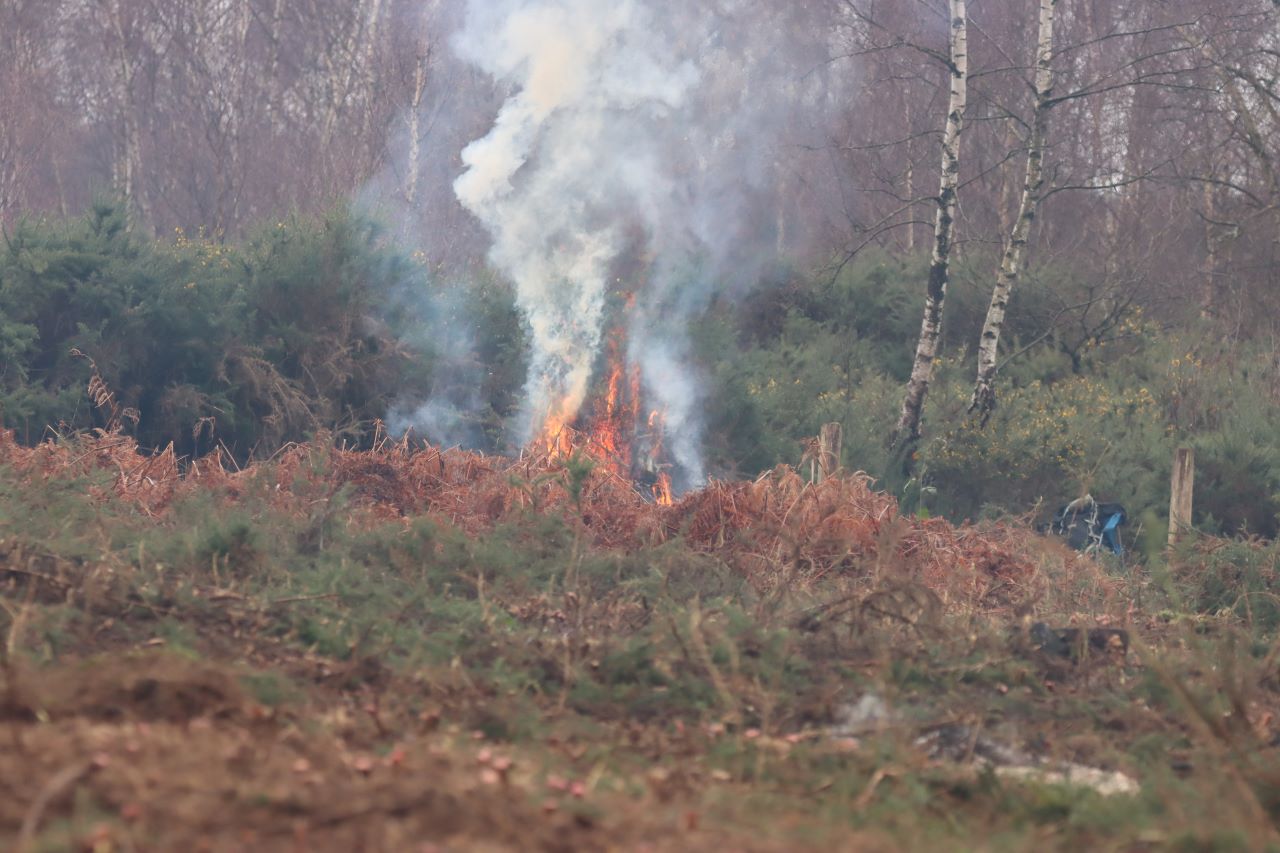 Winter maintenance was in progress, and with the waterlogged sandy substrate there was little chance of the workmen’s fire going out of control. My only fear was that they didn’t cut back too much, and that the “Dartfords” would continue to find enough insects to feed on within the gorse.
Winter maintenance was in progress, and with the waterlogged sandy substrate there was little chance of the workmen’s fire going out of control. My only fear was that they didn’t cut back too much, and that the “Dartfords” would continue to find enough insects to feed on within the gorse.
Also out on the heathland a small group of reed buntings could be picked out, seemingly doing quite well in number at our local reserves.
A few stonechats could still be seen there, although with their winter movement, some had probably vacated the area in search of food.
Meadow pipits seemed to be happy wintering there, flushing several up as I walked some of the narrower paths.
A pleasing sighting for me were three roe deer attempting to remain hidden in a boggy area of woodland.
A mistle thrush sung its harsh but melodic song from the tops of one of the trees that lined the outer edges of the old horse paddocks.
Green woodpeckers continued to be in good number in and around the field, feeding in the soft soil.
While the squawking sound of jays reverberated around the woodland.
Although temperatures remained cold in northern regions of the UK, mild weather had made a return to southern counties. Around the Surrey Hills it was rising into low double figures centigrade.
On my return to the Riverside Nature Reserve during the last days of the month, some of the birds were seemingly sounding optimistic. Hearing them in song, perhaps they were wishfully hoping that spring was not far away.
A mistle thrush could now be heard in song. While great-spotted woodpeckers could be heard drumming.
The warmer weather had encouraged a greenfinch to perch at the top of one of the tall alder trees by the river.
The piped “phew” sound of bullfinches could be heard, getting brief views, as well as snatching a few record shots of both male and female.
High up over the Slyfield recycle depot a group of gulls were “kettling”.
While on the wasteland beyond, a common buzzard flew low below the treeline.
A flock or “charm” of 25 or more goldfinches could be seen feeding on seed-heads in the area of scrubland.
On the sewage beds a good number of grey and pied wagtails could be seen feeding, and at least two chiffchaffs could be viewed in their usual area, nearby.
While the regular sighting of a red kite, this time being harassed by a crow, drifted over the reserve.
With many of the holly as well as other red berries now having been consumed, redwings as well as other wintering thrushes were now competing with our resident blackbirds, now feeding on nutritious ivy berries.
On January 29 at dusk I heard my local blackbird for the first time this year in song, since it had fallen silent in late July last year.
Elsewhere in western regions of Surrey, although too distant to visit under current lockdown restrictions, the lone brent goose at Tice’s Meadow near Badshot Lea continued to be reported.
On Thursley Common the rustic bunting as well as the two little buntings had been seen.
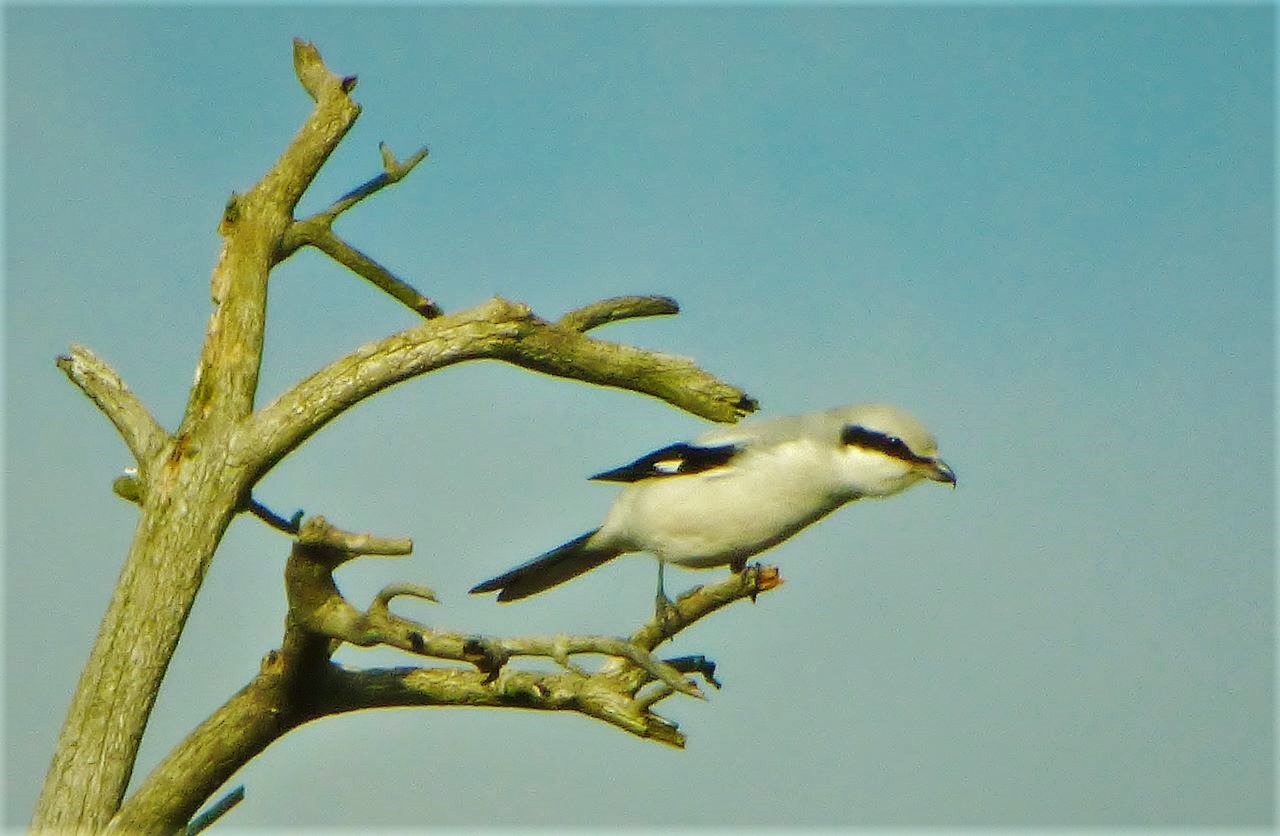
Previously taken picture of a great grey shrike on Thursley Common.
While a great grey shrike continued to be reported there, on occasions.
And at Papercourt water meadows, near Send, a barn owl continued to be seen hunting just before nightfall.
Recent Articles
- Letter: Those in Elected Office Should Refrain from Deliberately Misleading the Public
- Cup Run Ends After City Fade in Second Half
- Press Regulator Condemns Behaviour of News Group Newspapers
- MP Says Raw Sewage Flooding Gardens is ‘Absolutely Disgusting’ – ‘Thames Water Must Stop It’
- Opinion: We Should Restore Clandon House
- Letter: Report on Councils’ Collaboration Benefits Has Been Over-hyped
- Council Tenants Unhappy With the Way GBC Handles Their Complaints
- Police Operation Puts Drug Gang Members Behind Bars
- Declaration Marks 750th Anniversary of a ‘Dark Day in Guildford’s History’
- Letter: For Democracy to Work We Need to Engage


Search in Site
Media Gallery
Dragon Interview: Local Artist Leaves Her Mark At One of England’s Most Historic Buildings
January 21, 2023 / No Comment / Read MoreDragon Interview: Lib Dem Planning Chair: ‘Current Policy Doesn’t Work for Local People’
January 19, 2023 / No Comment / Read MoreA3 Tunnel in Guildford ‘Necessary’ for New Homes, Says Guildford’s MP
January 10, 2023 / No Comment / Read More‘Madness’ for London Road Scheme to Go Ahead Against ‘Huge Opposition’, Says SCC Leader
January 6, 2023 / No Comment / Read MoreCouncillor’s Son Starts Campaign for More Consultation on North Street Plan
December 30, 2022 / No Comment / Read MoreCounty Council Climbs Down Over London Road Works – Further ‘Engagement’ Period Announced
December 14, 2022 / No Comment / Read MoreDragon Interview: GBC Reaction to the Government’s Expected Decision to Relax Housing Targets
December 7, 2022 / No Comment / Read MoreHow Can Our Town Centre Businesses Recover? Watch the Shop Front Debate
May 18, 2020 / No Comment / Read More



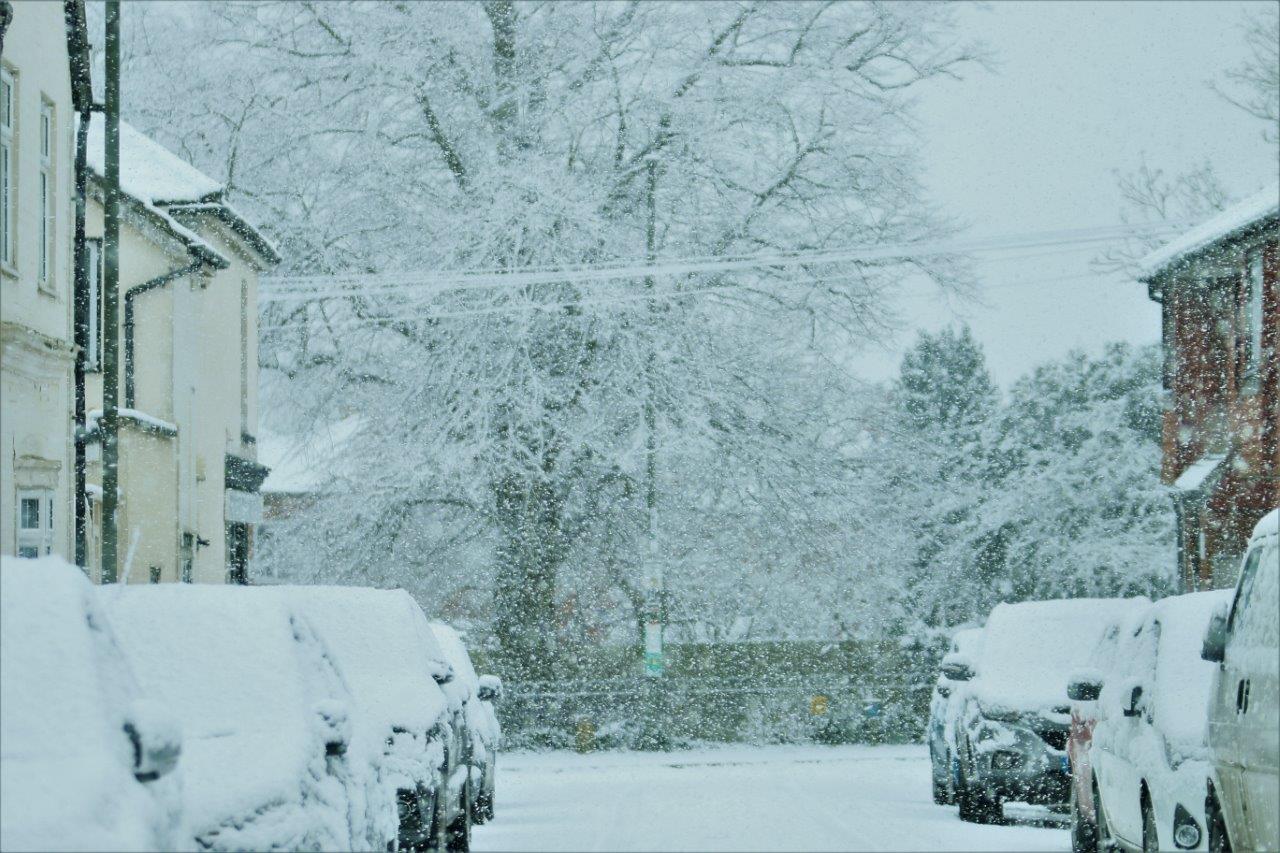
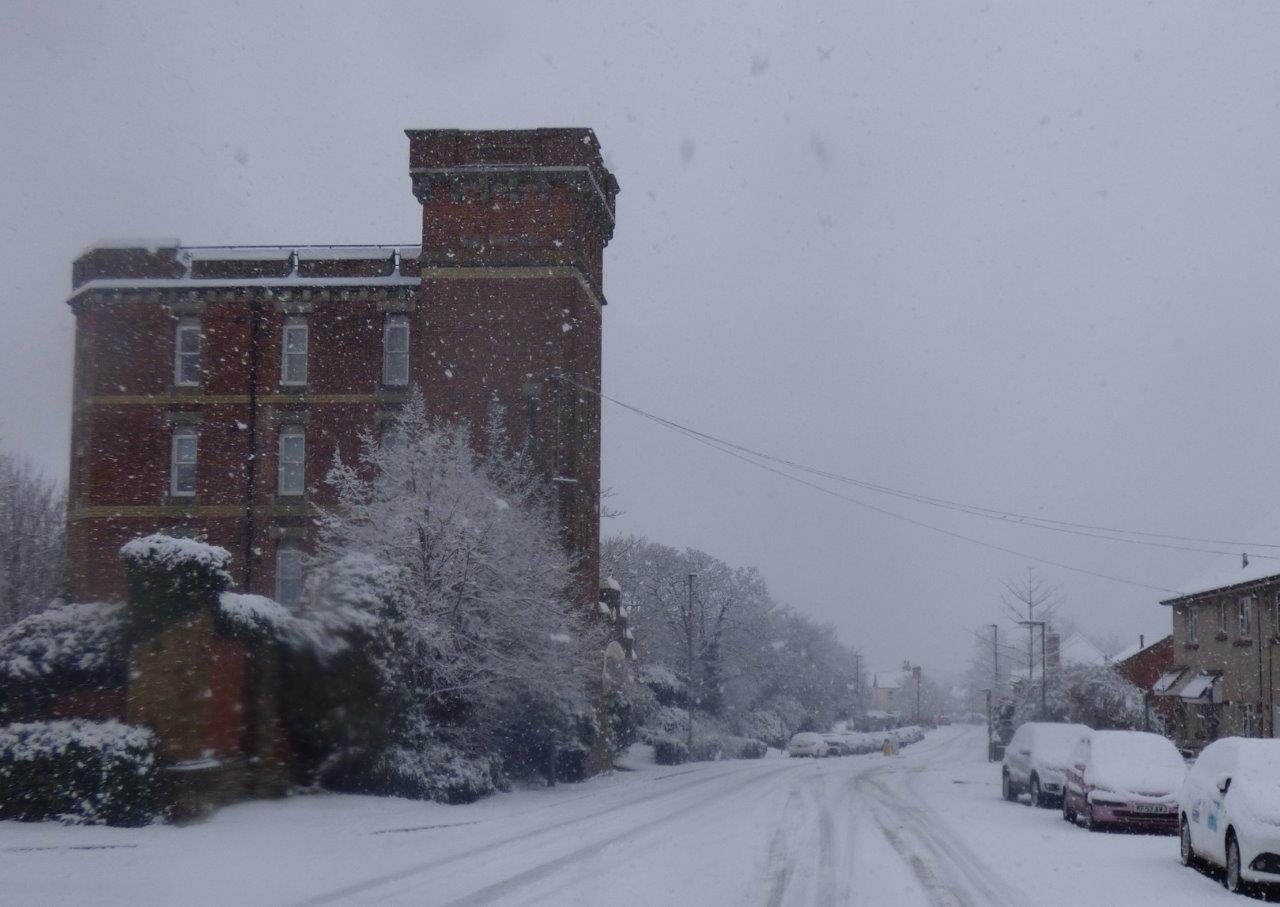
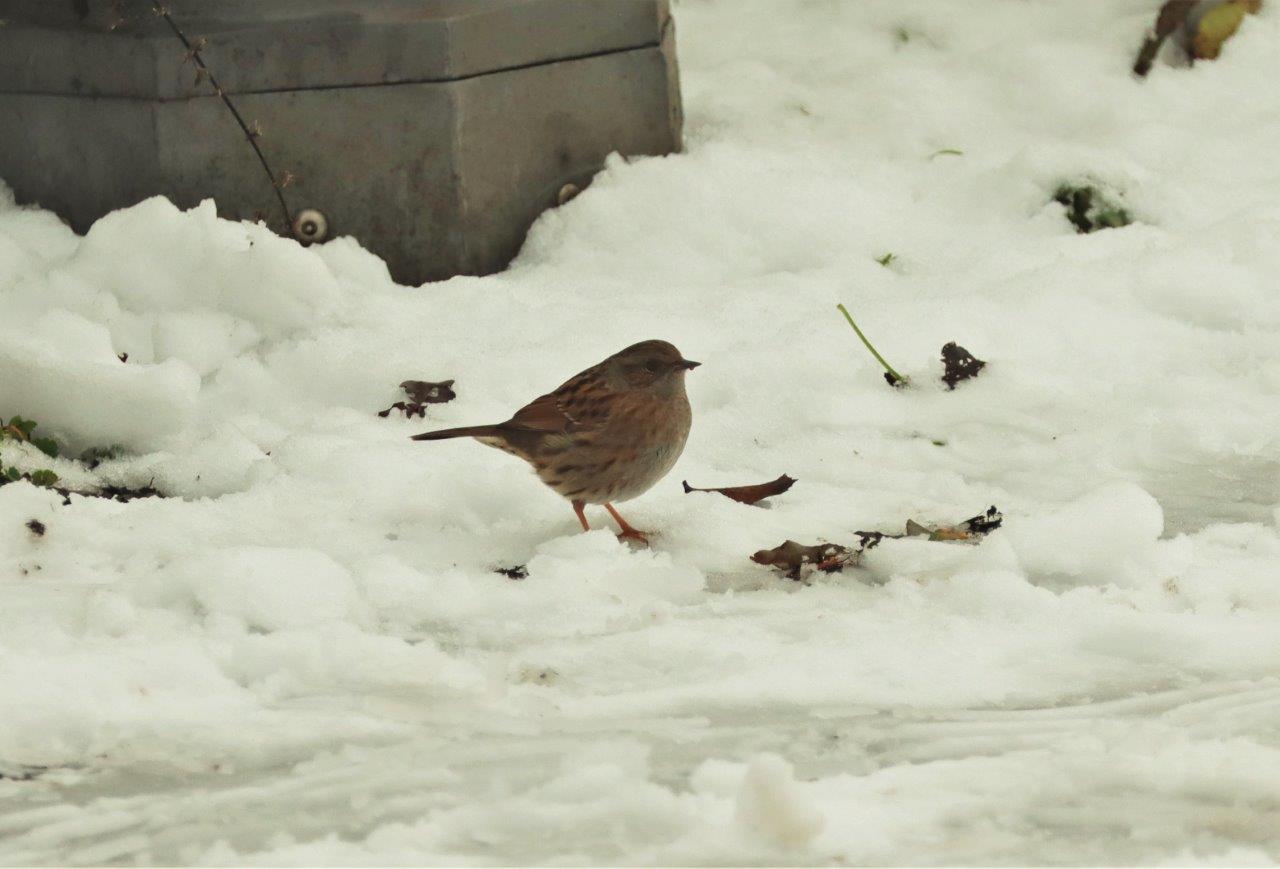
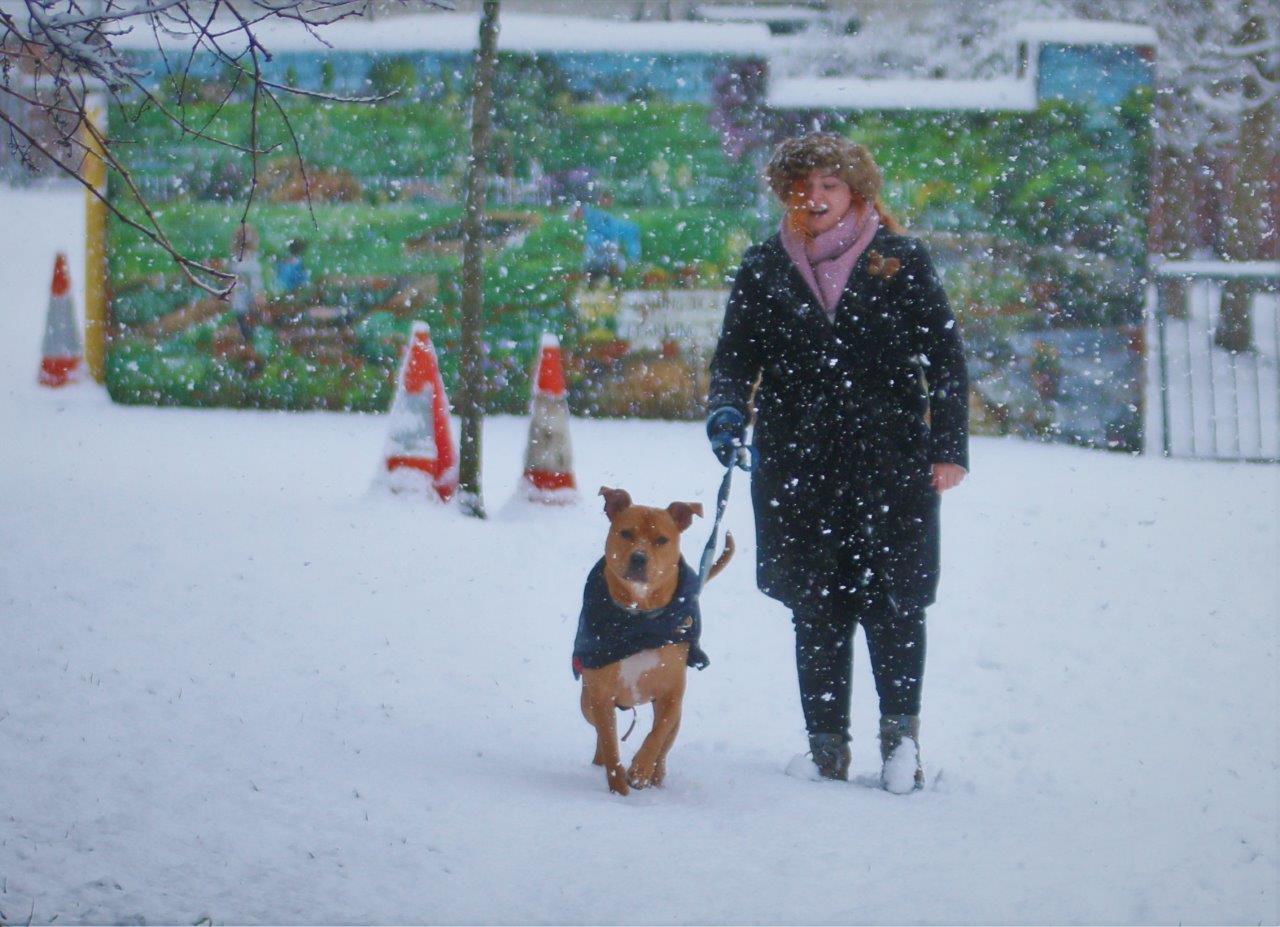
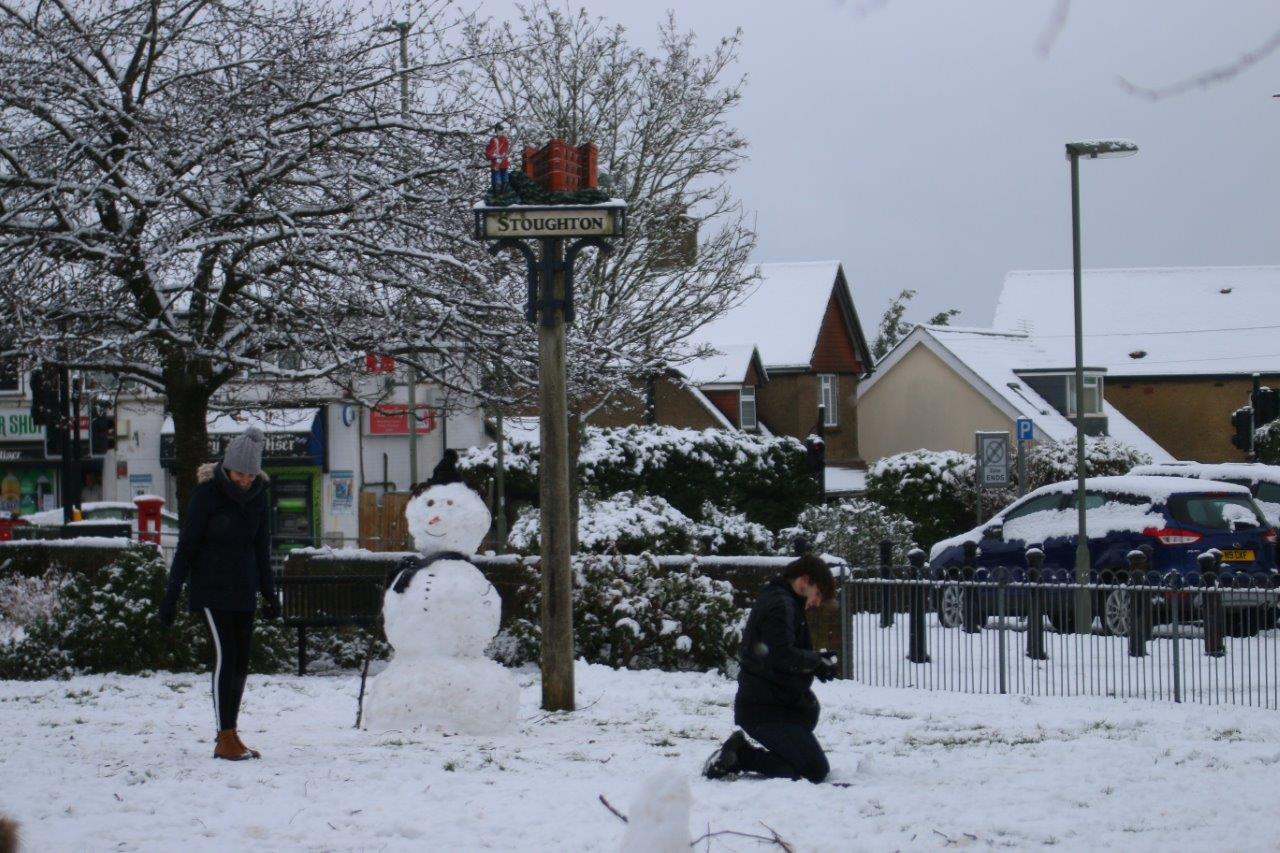
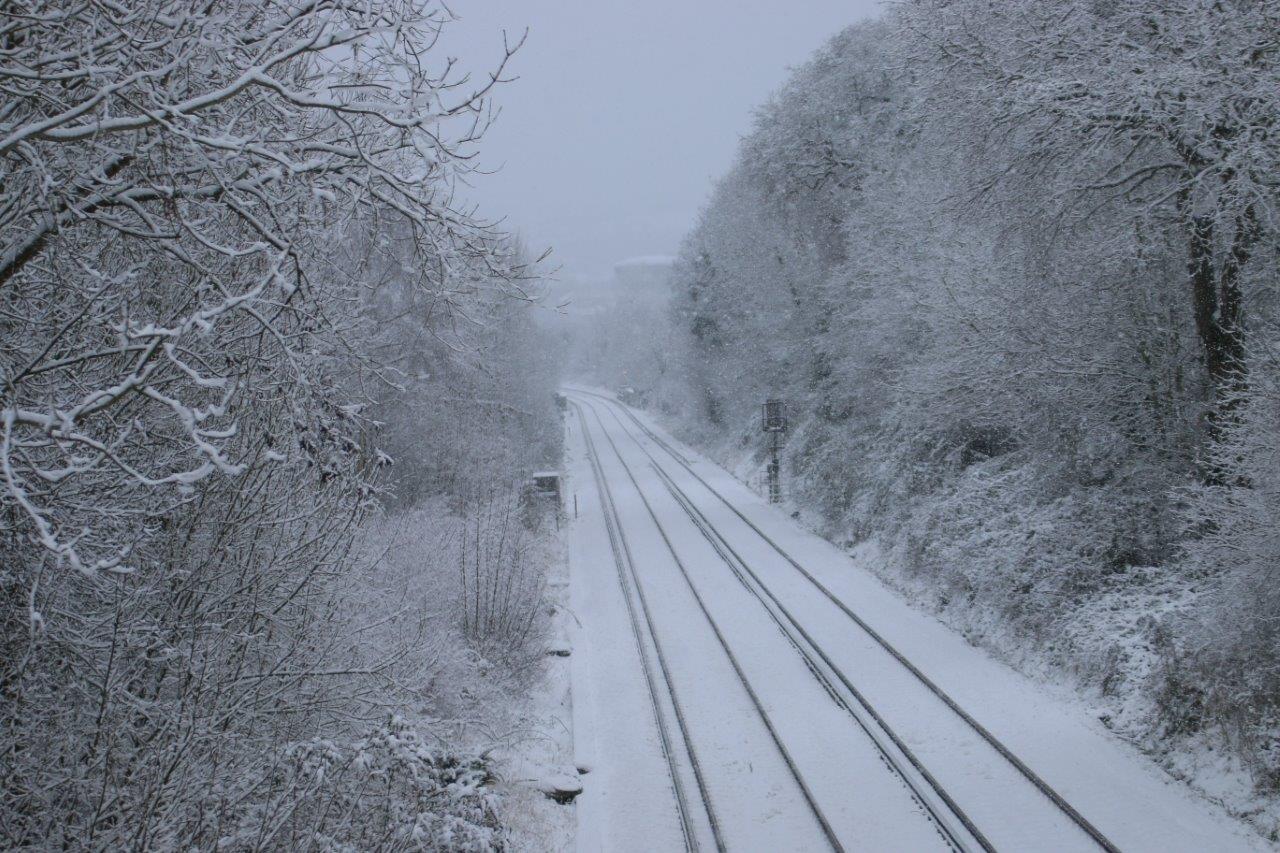
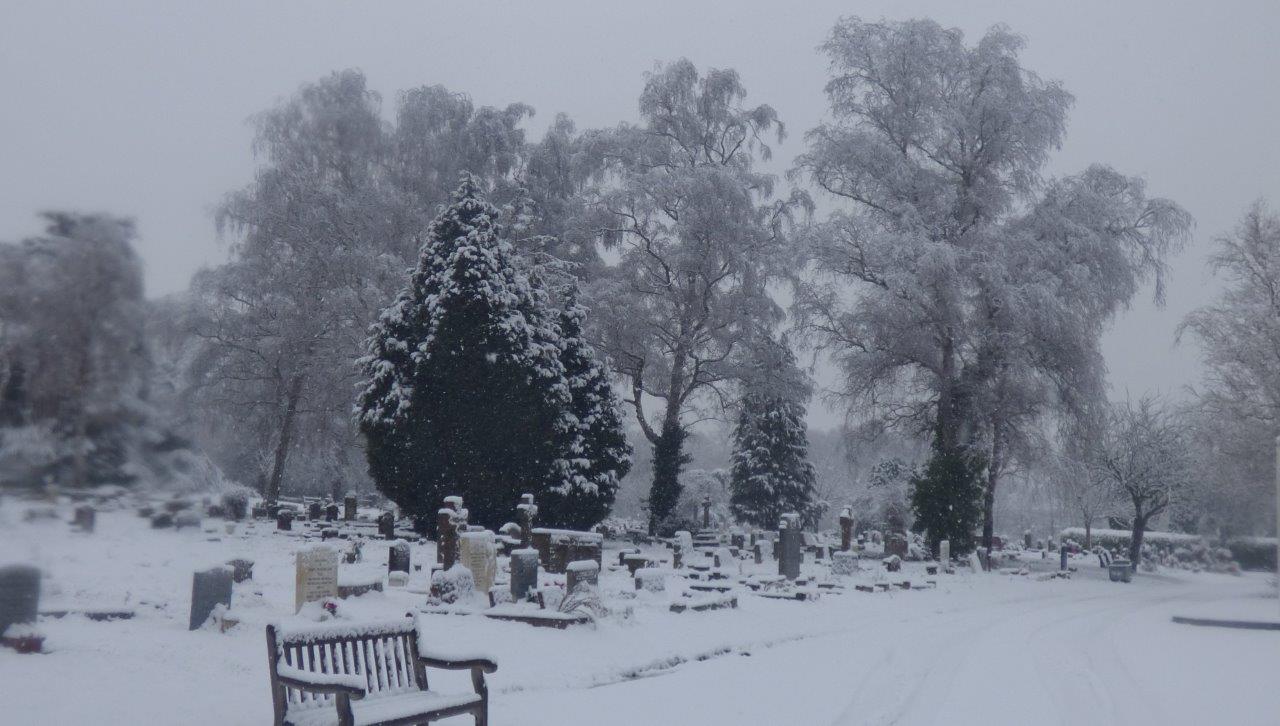
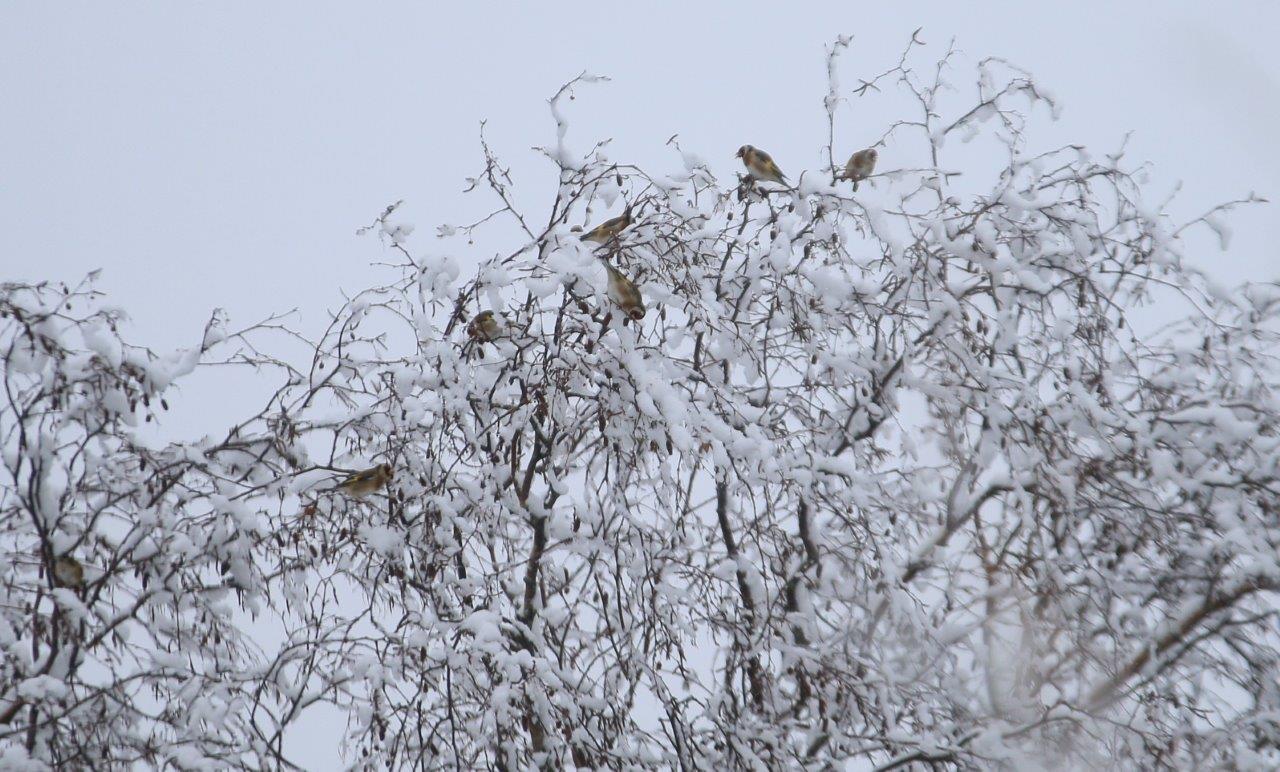

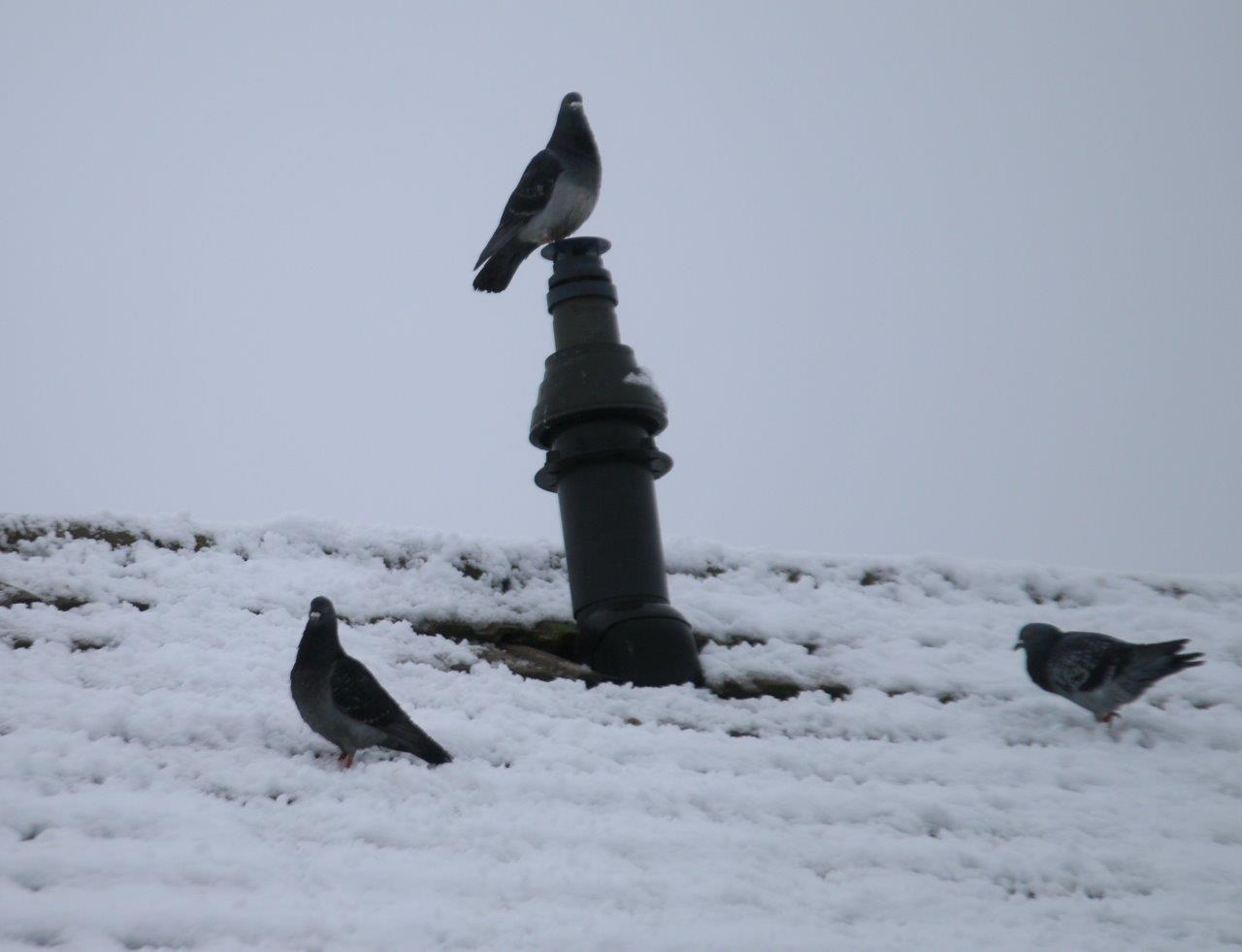


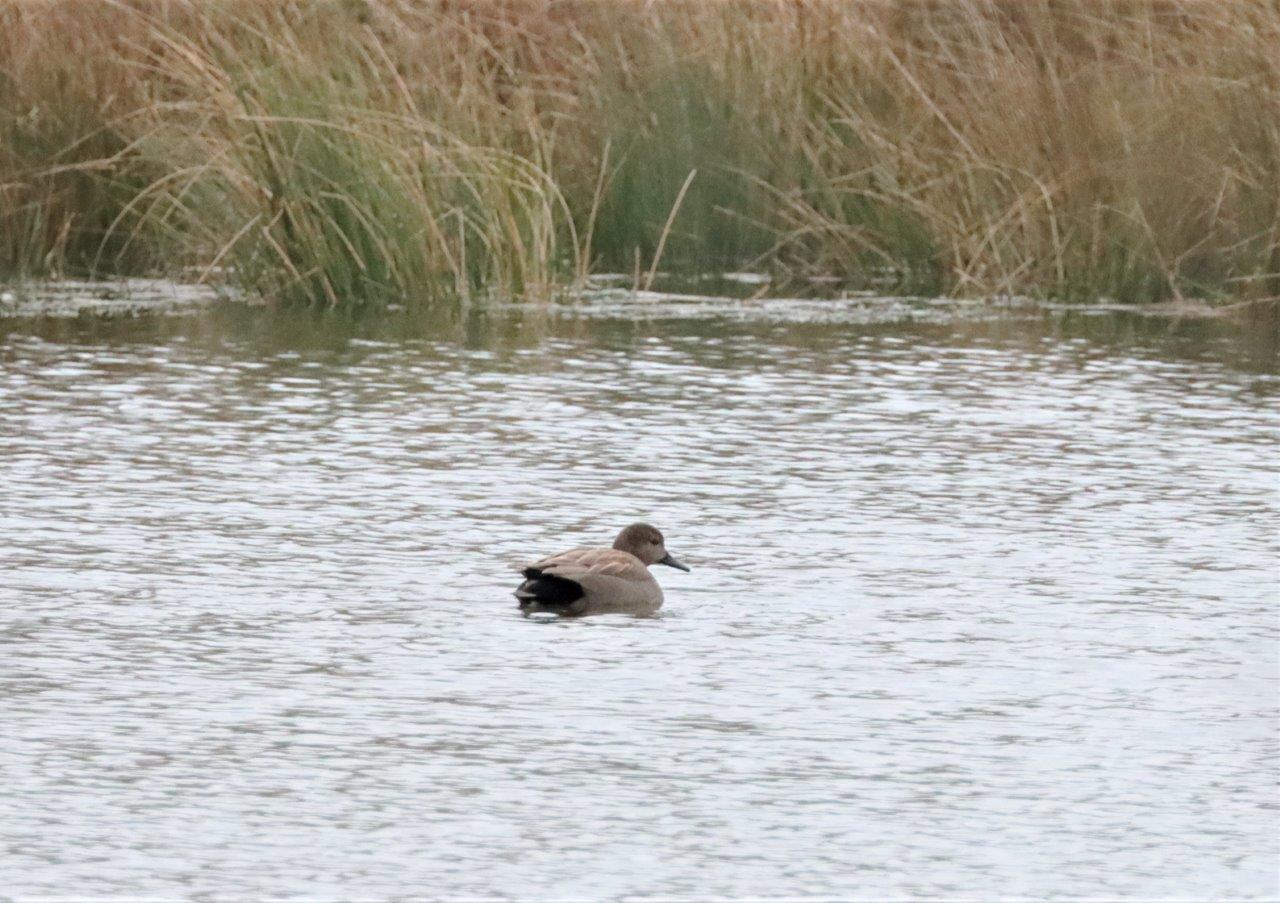

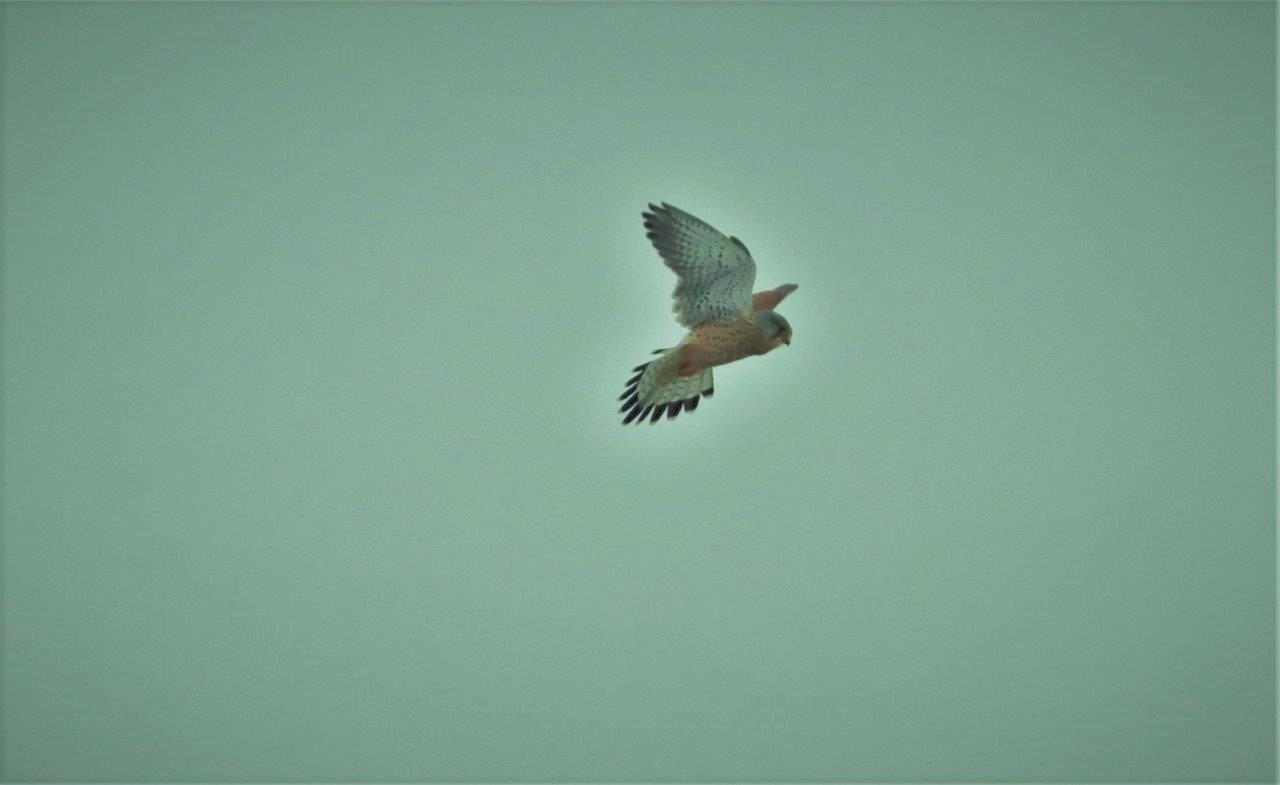


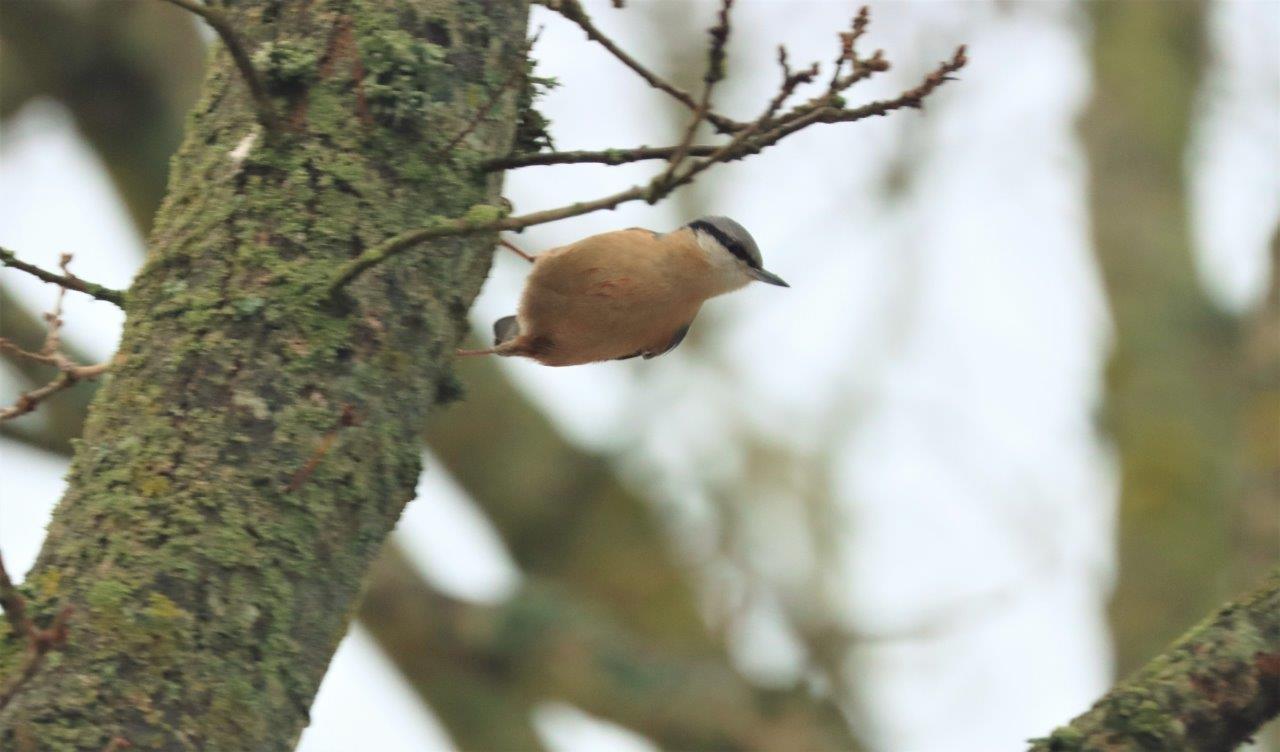



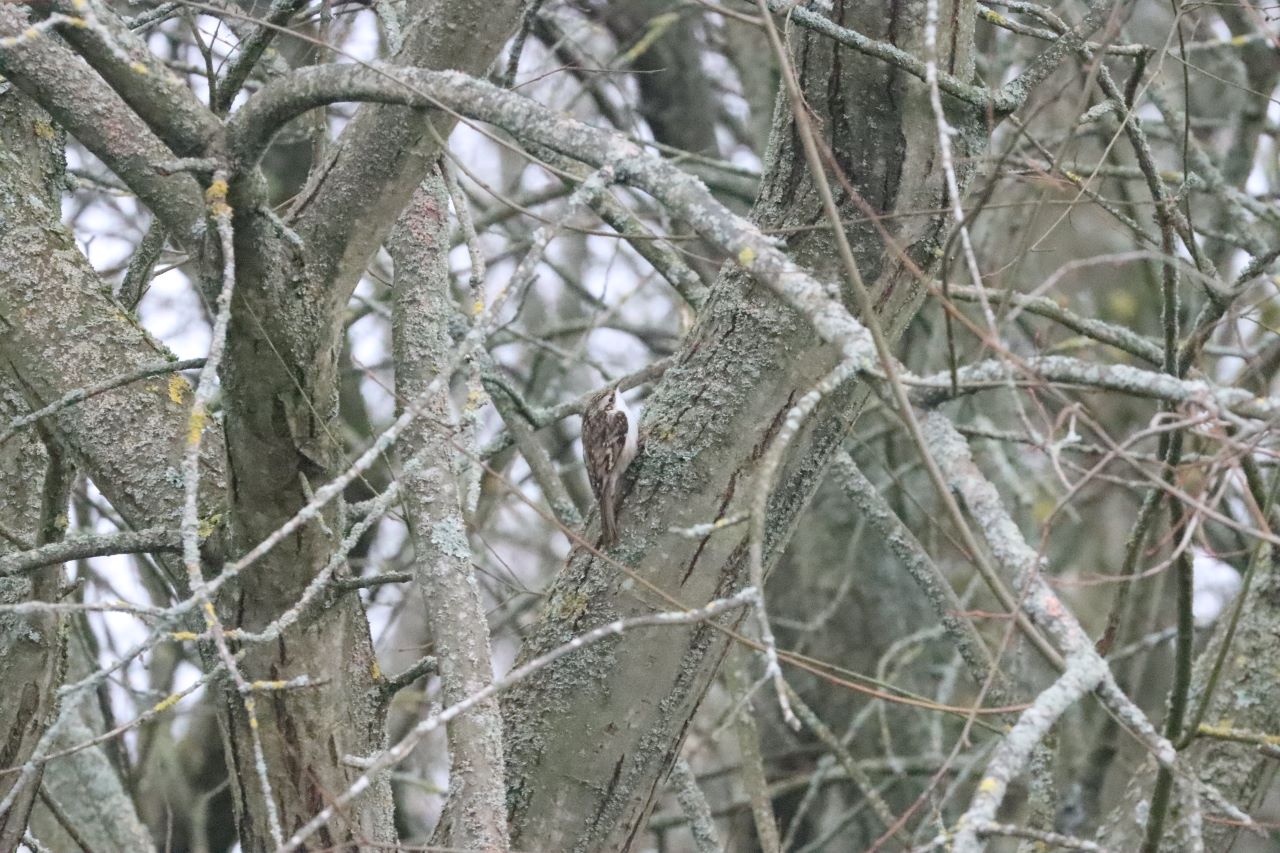

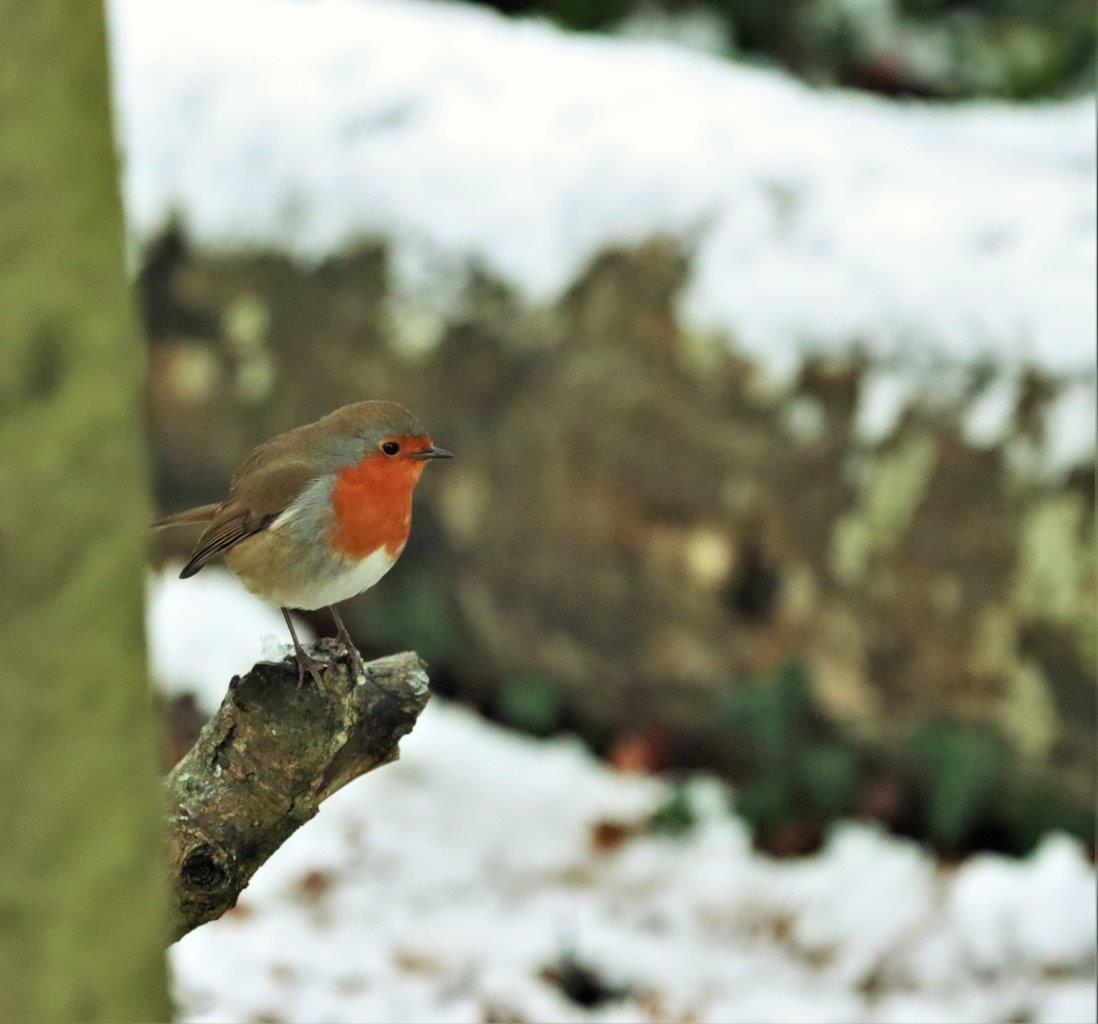
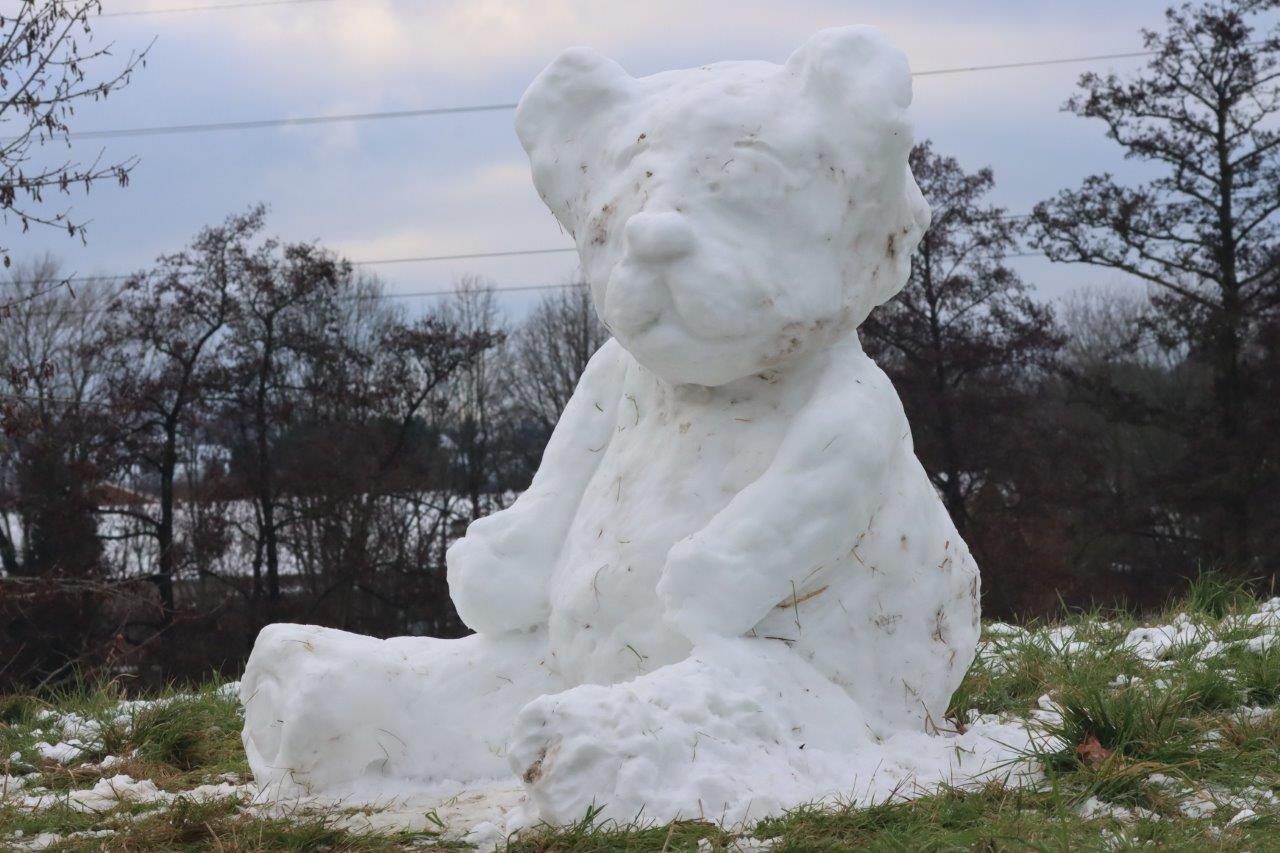
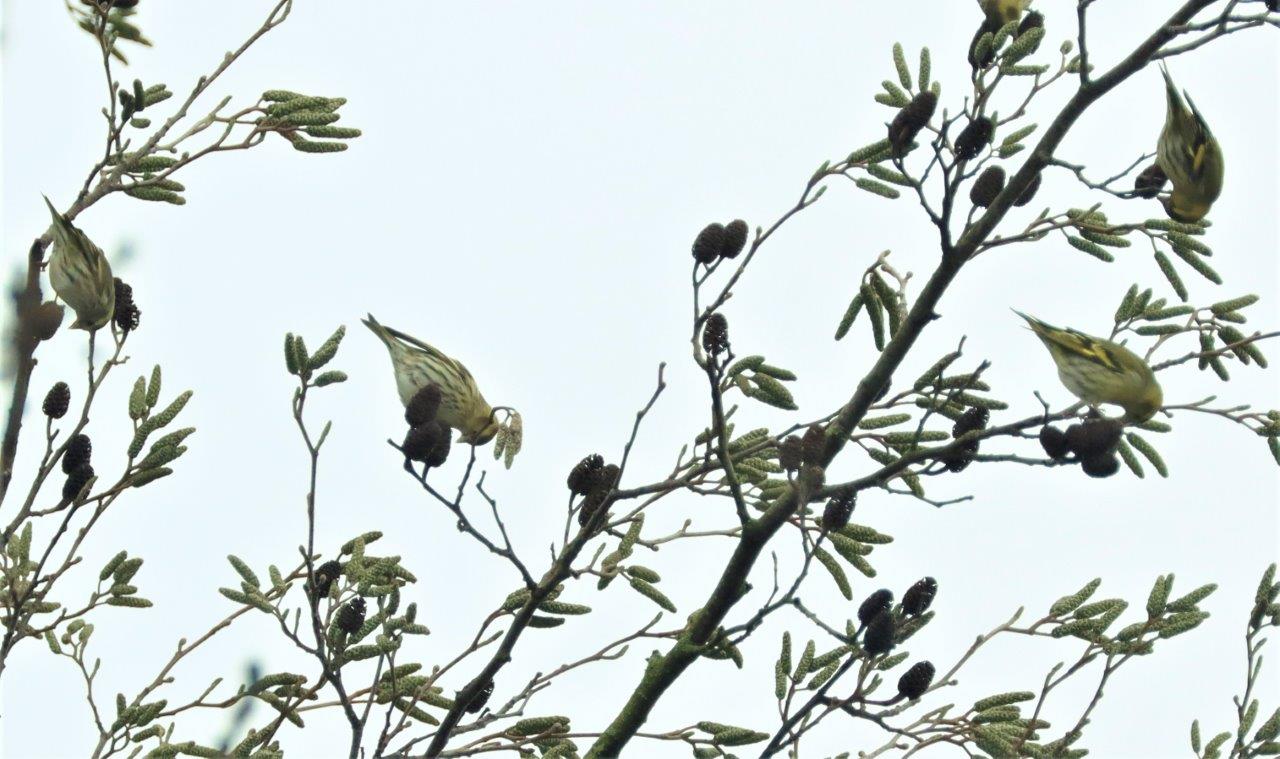

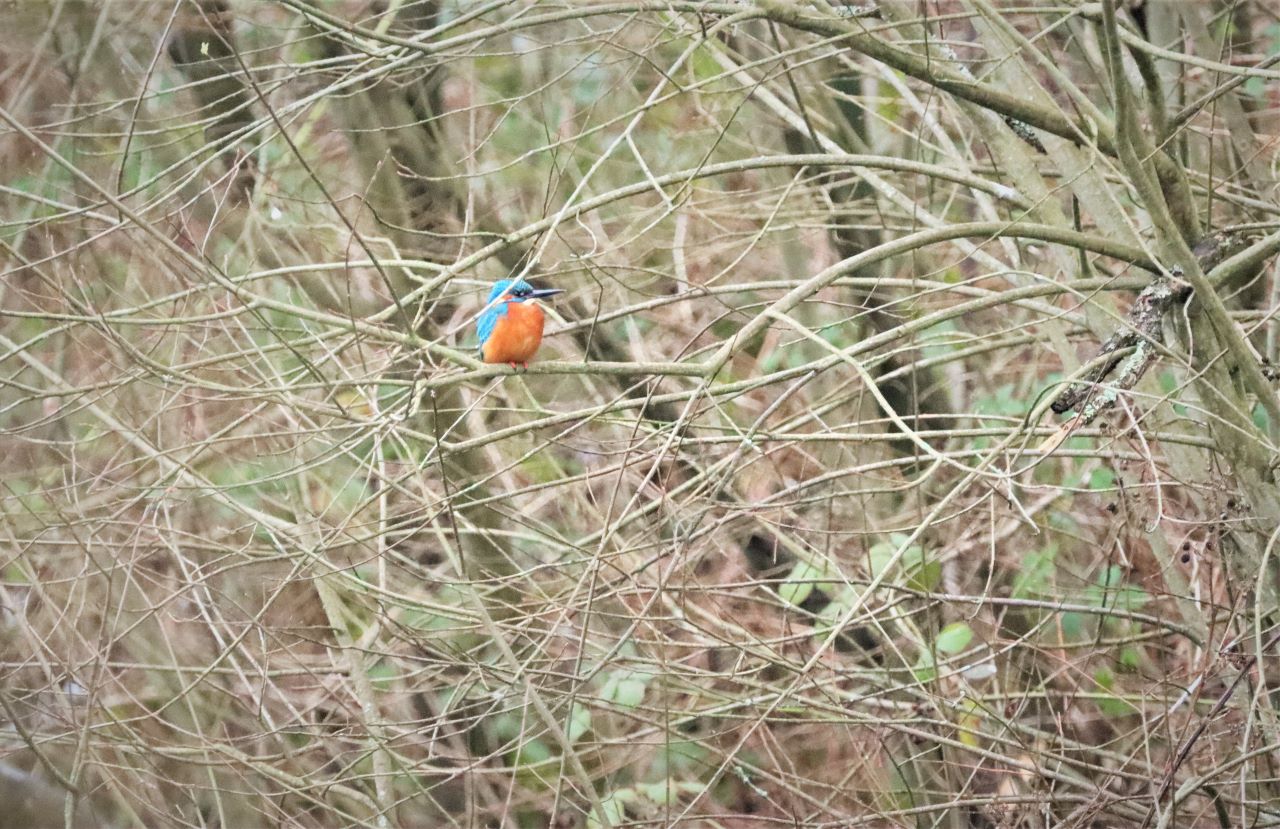

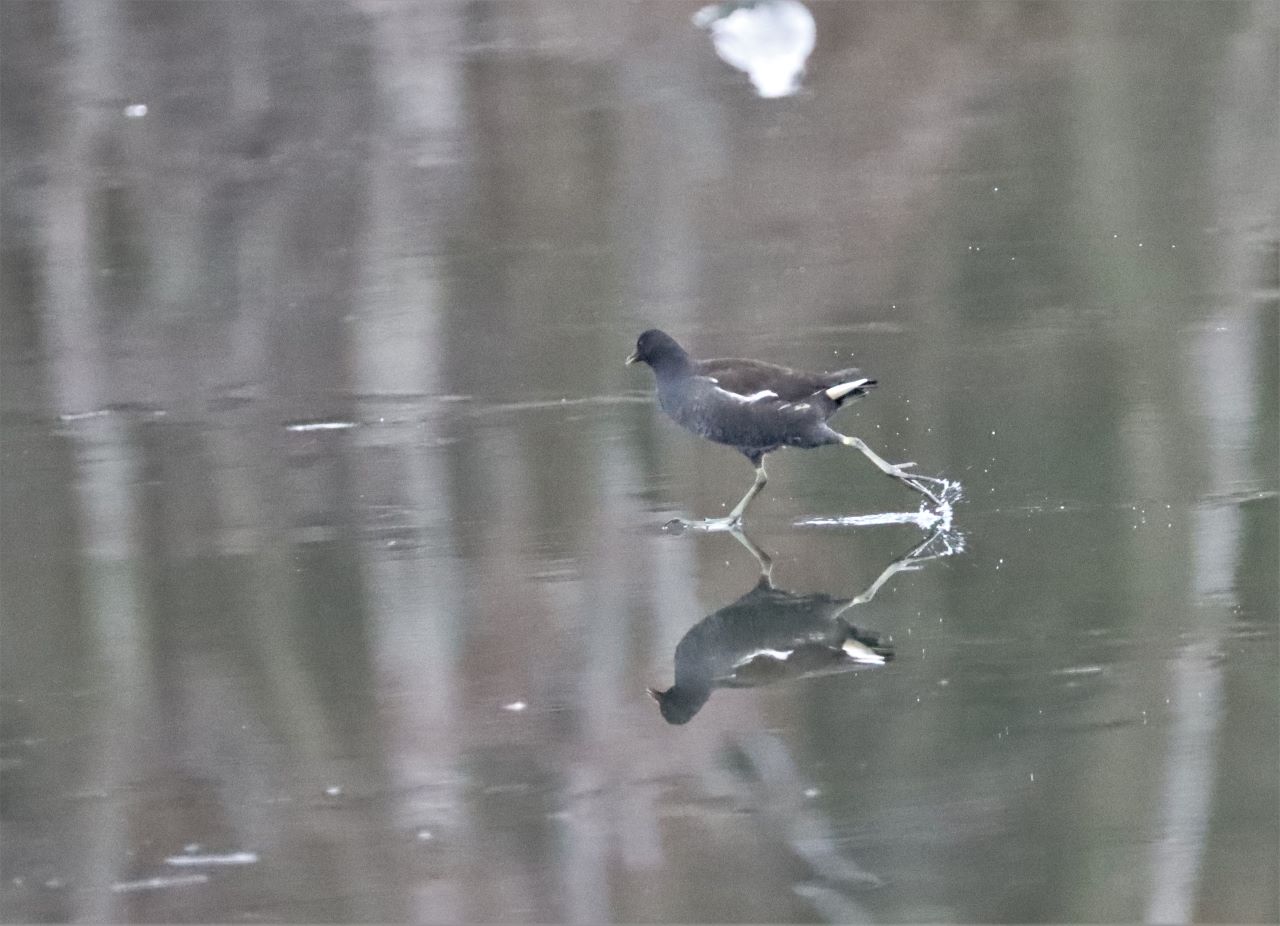
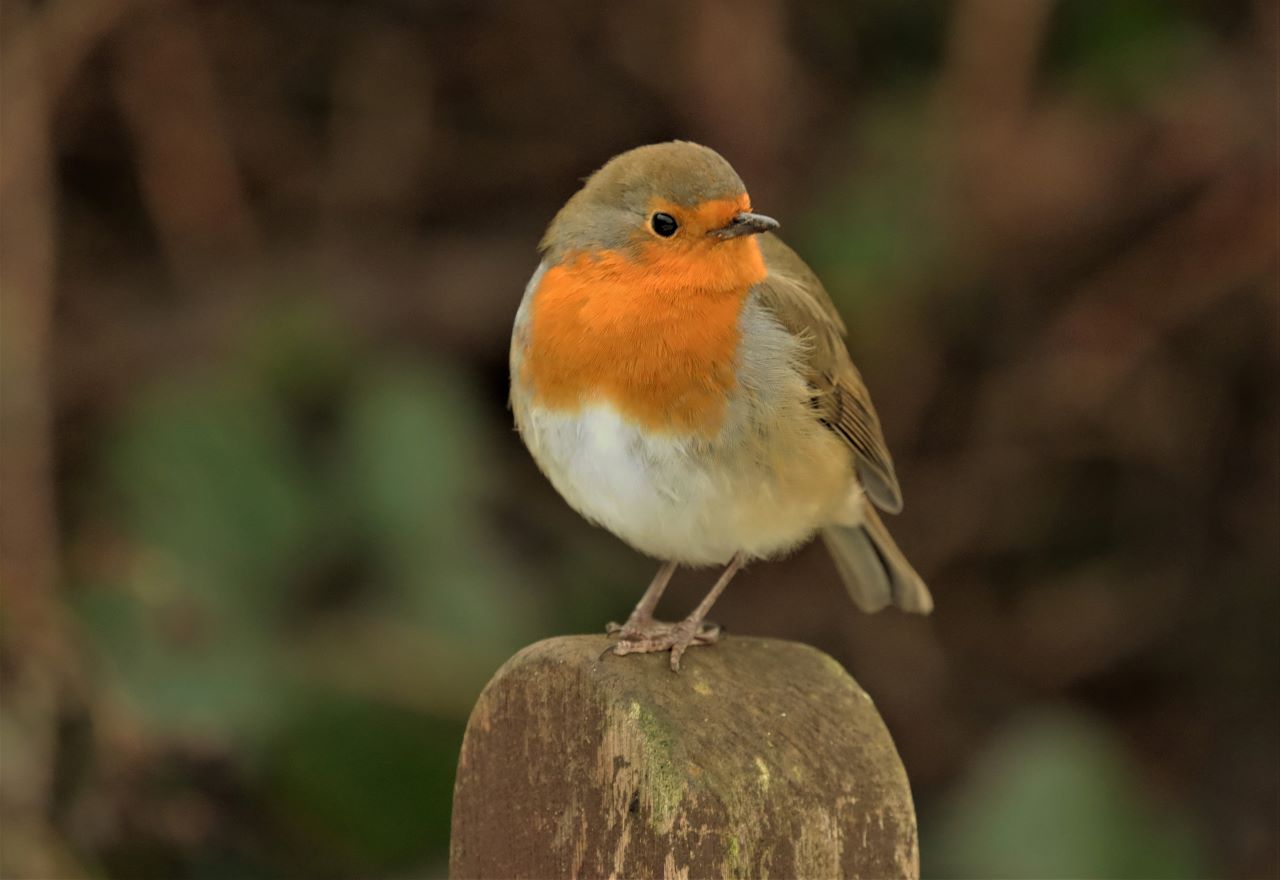
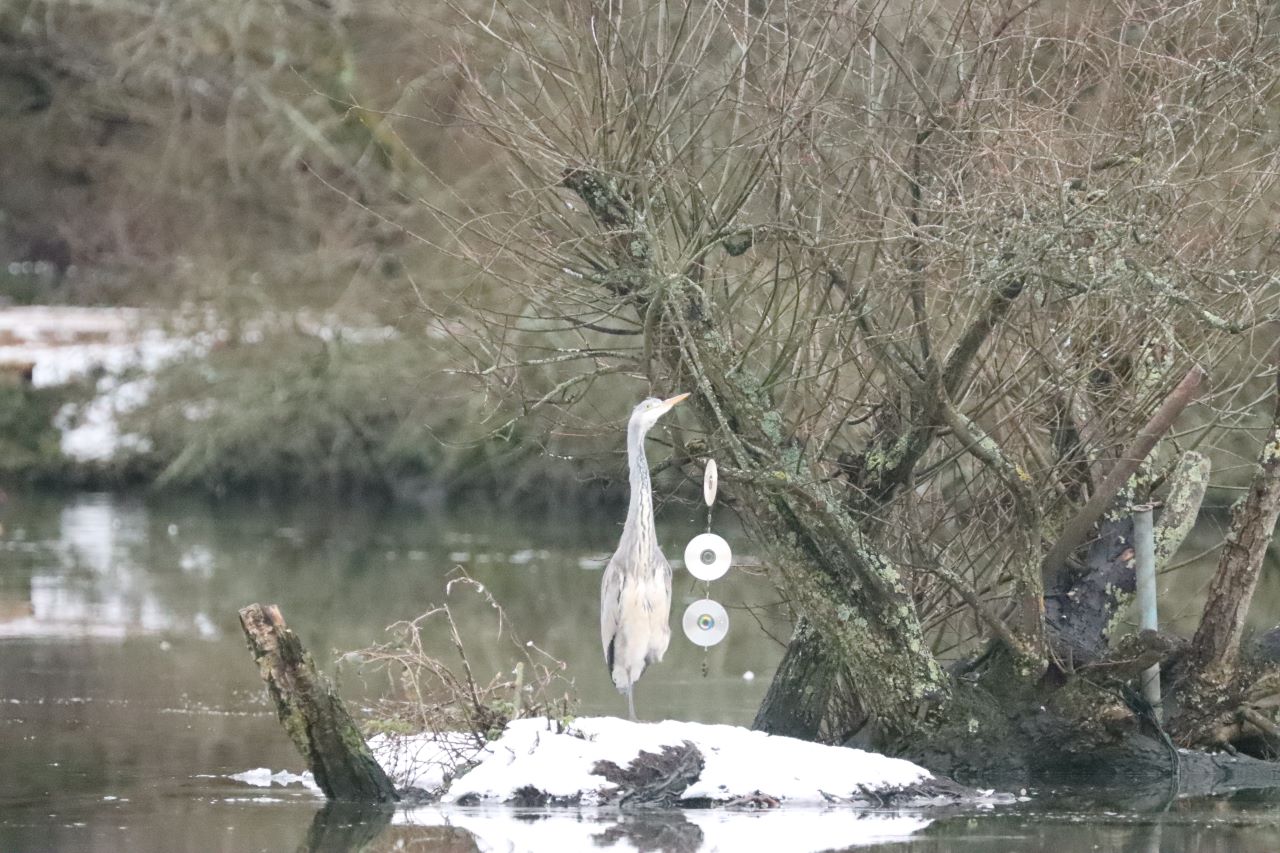

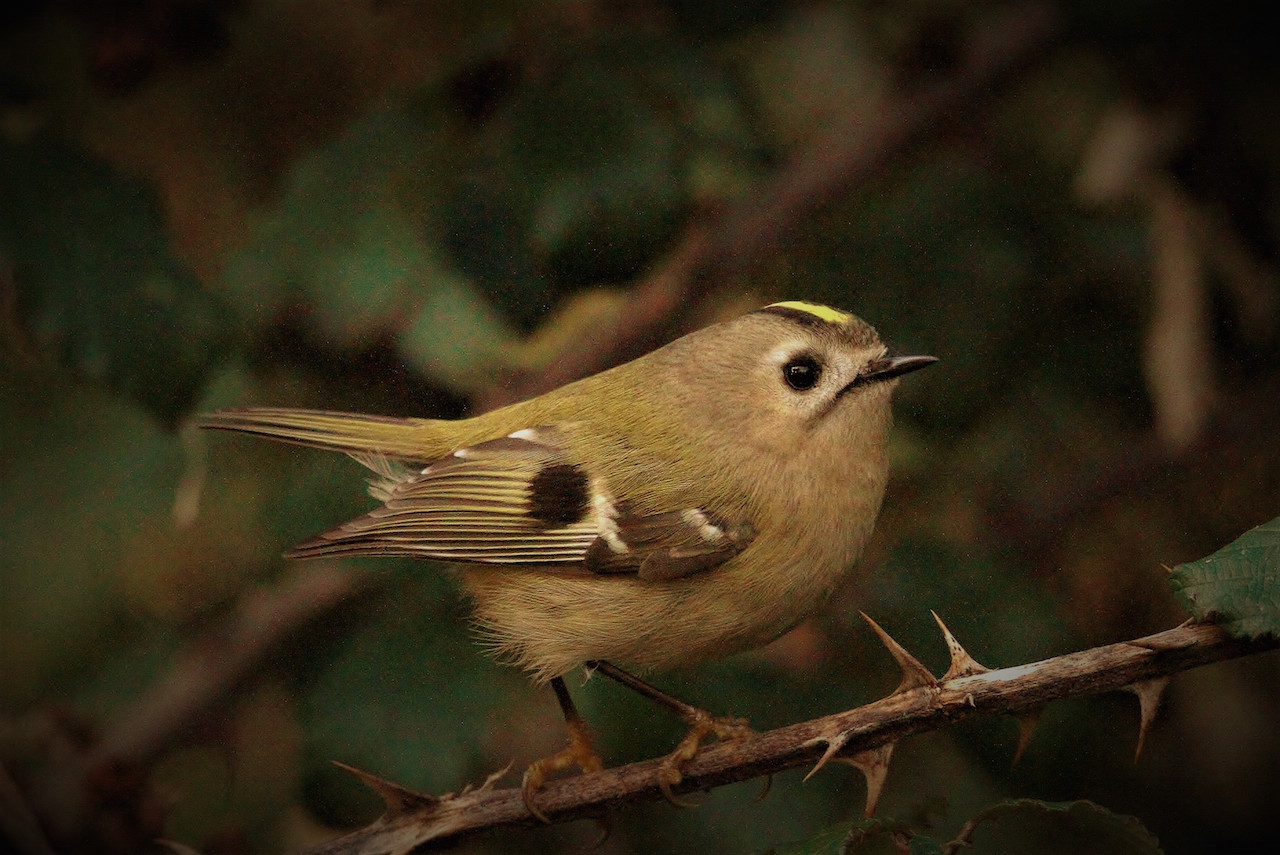

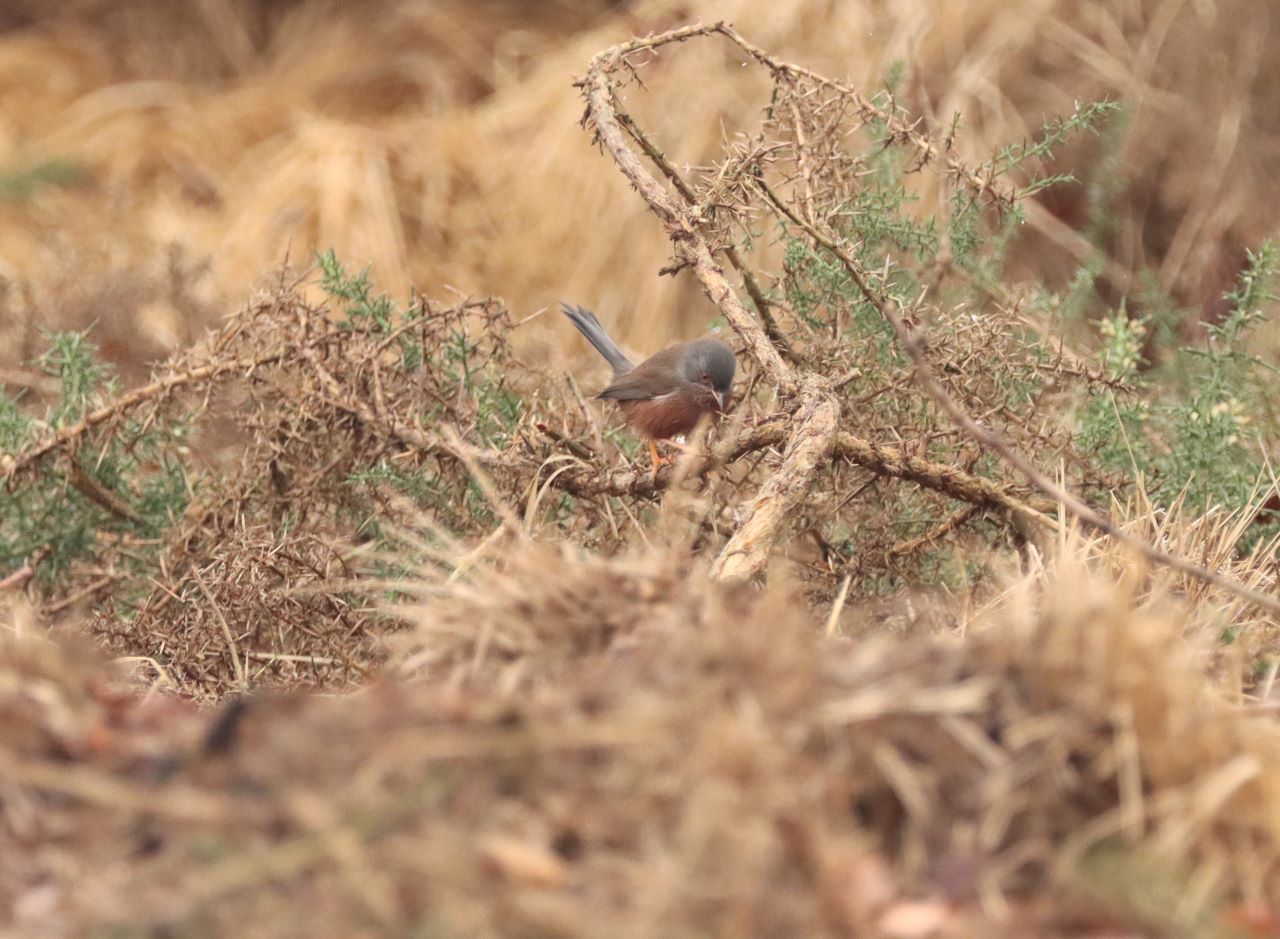



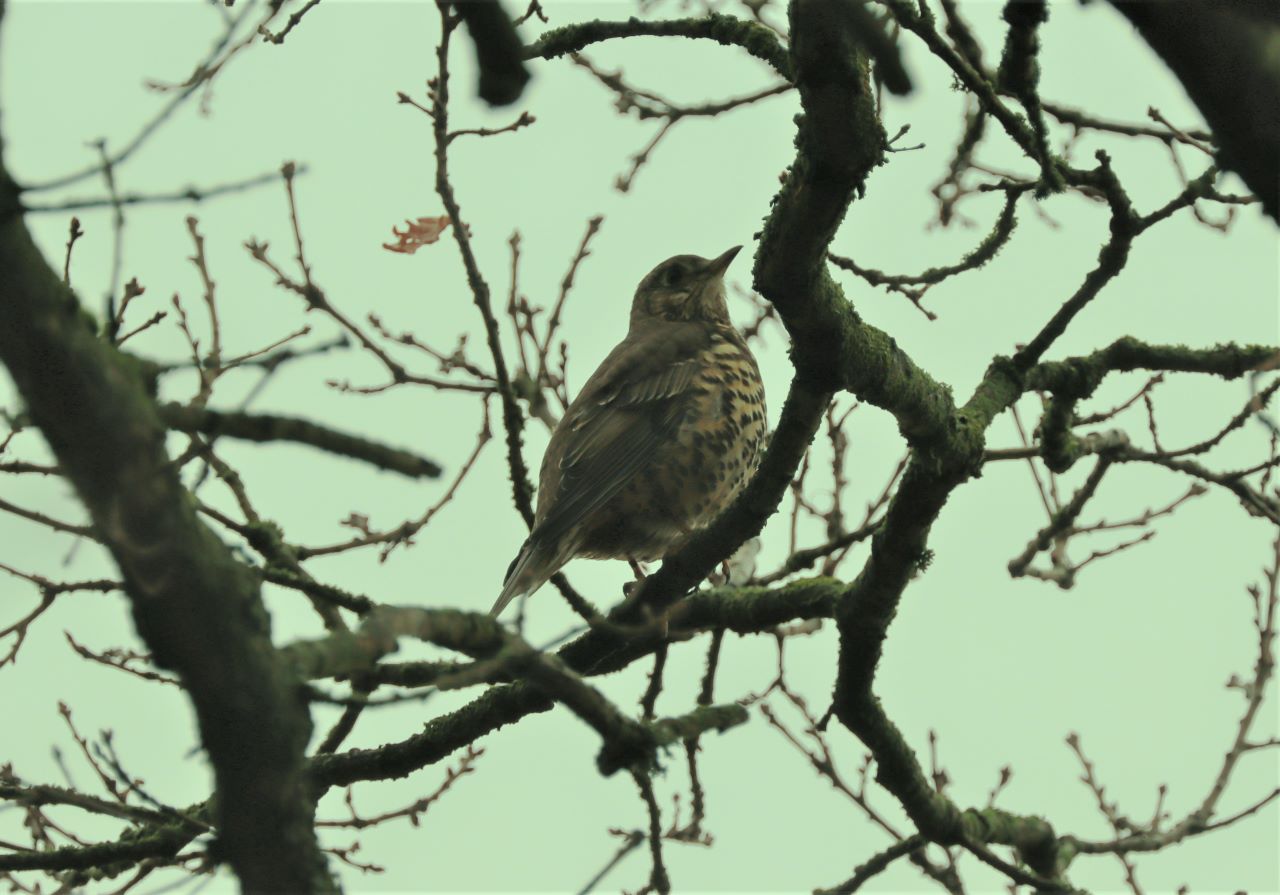

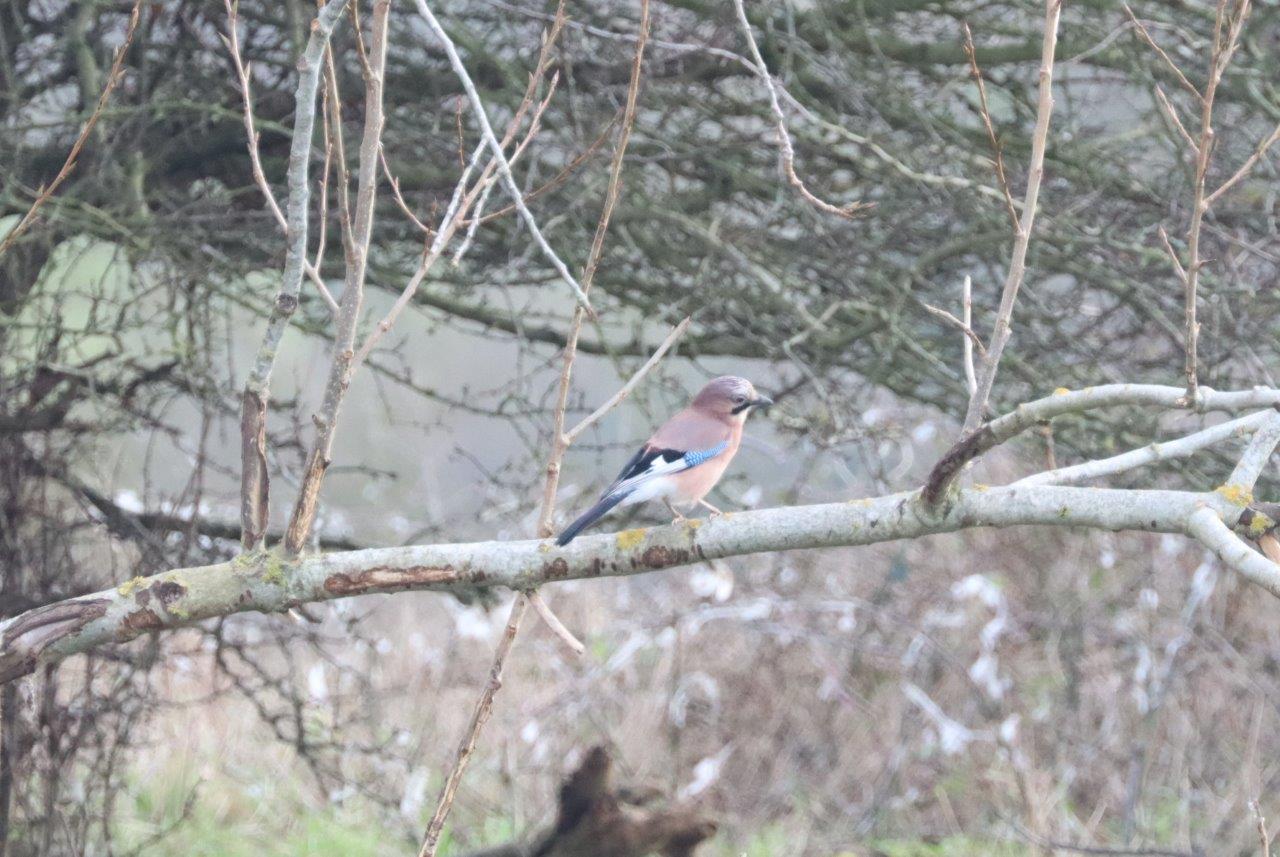
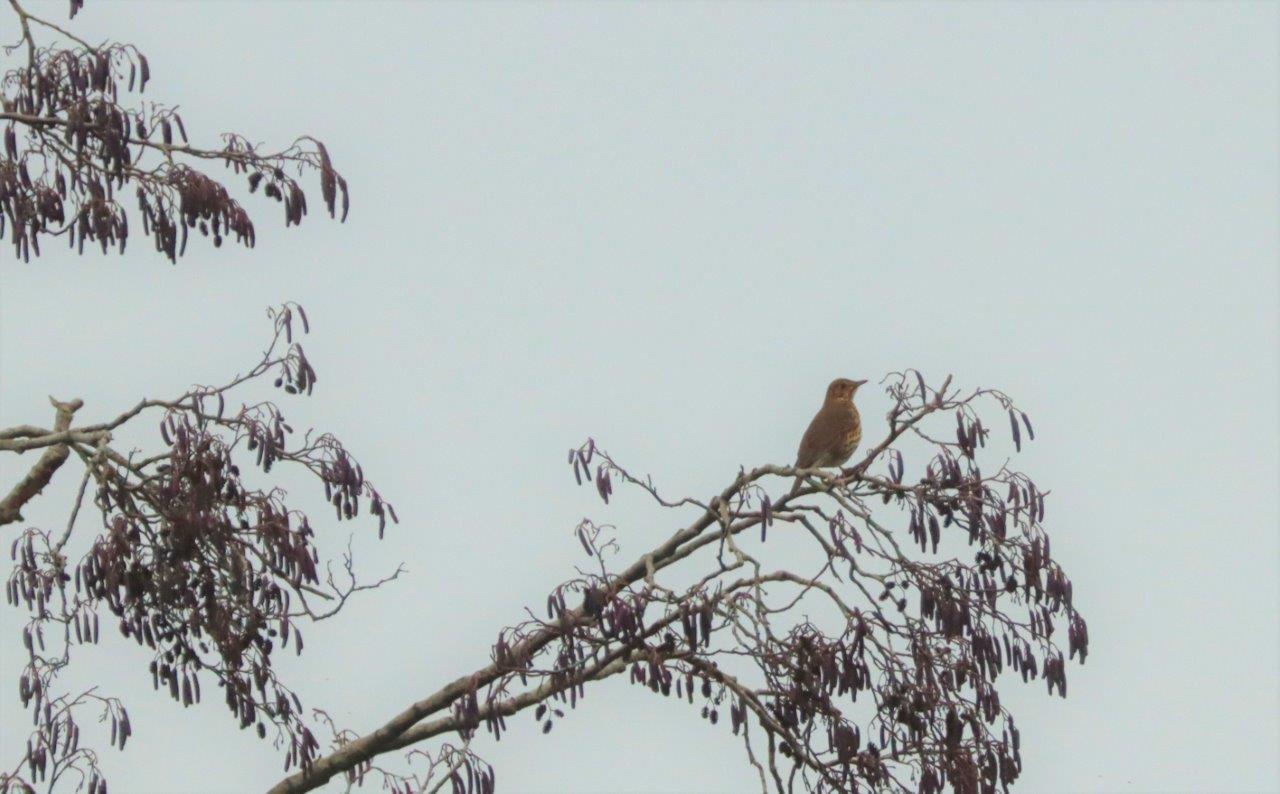
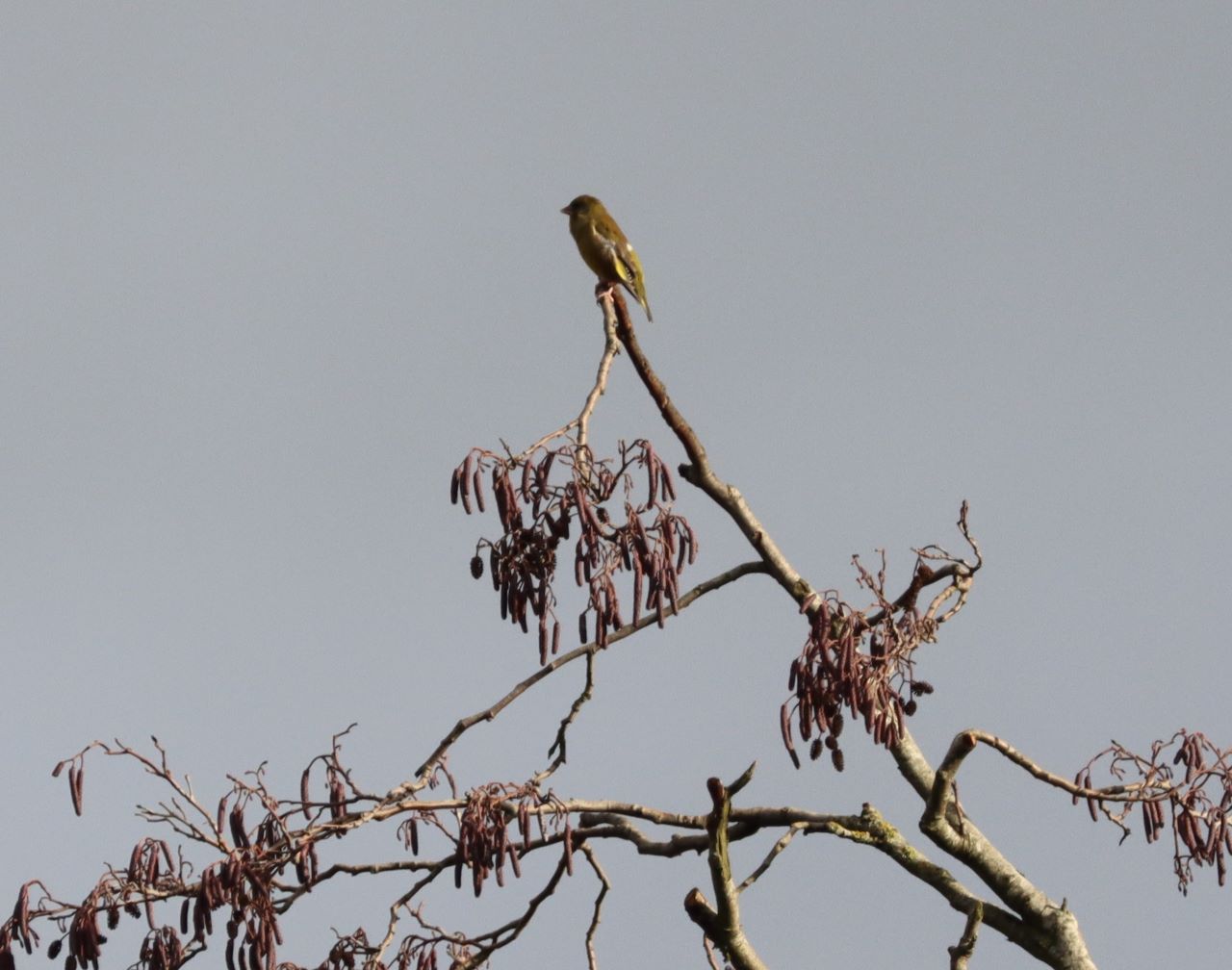
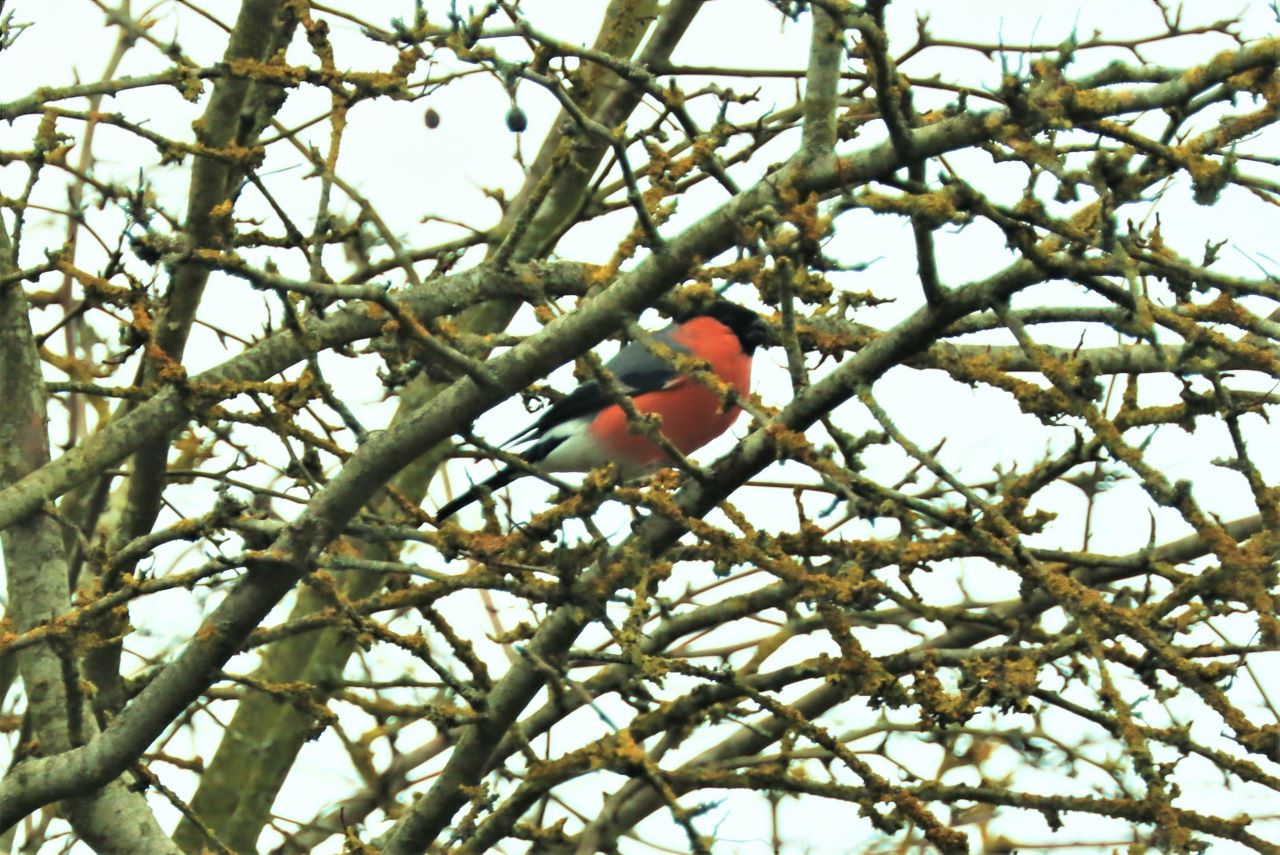
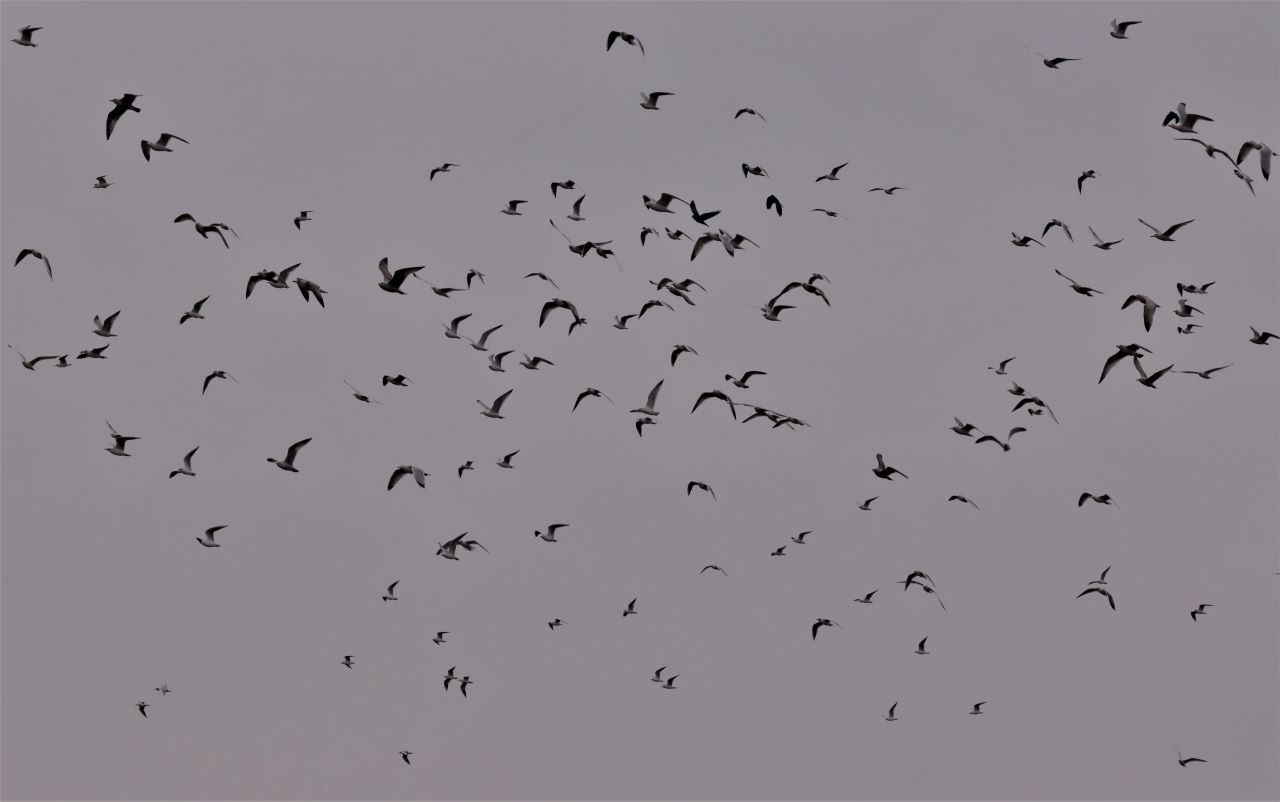


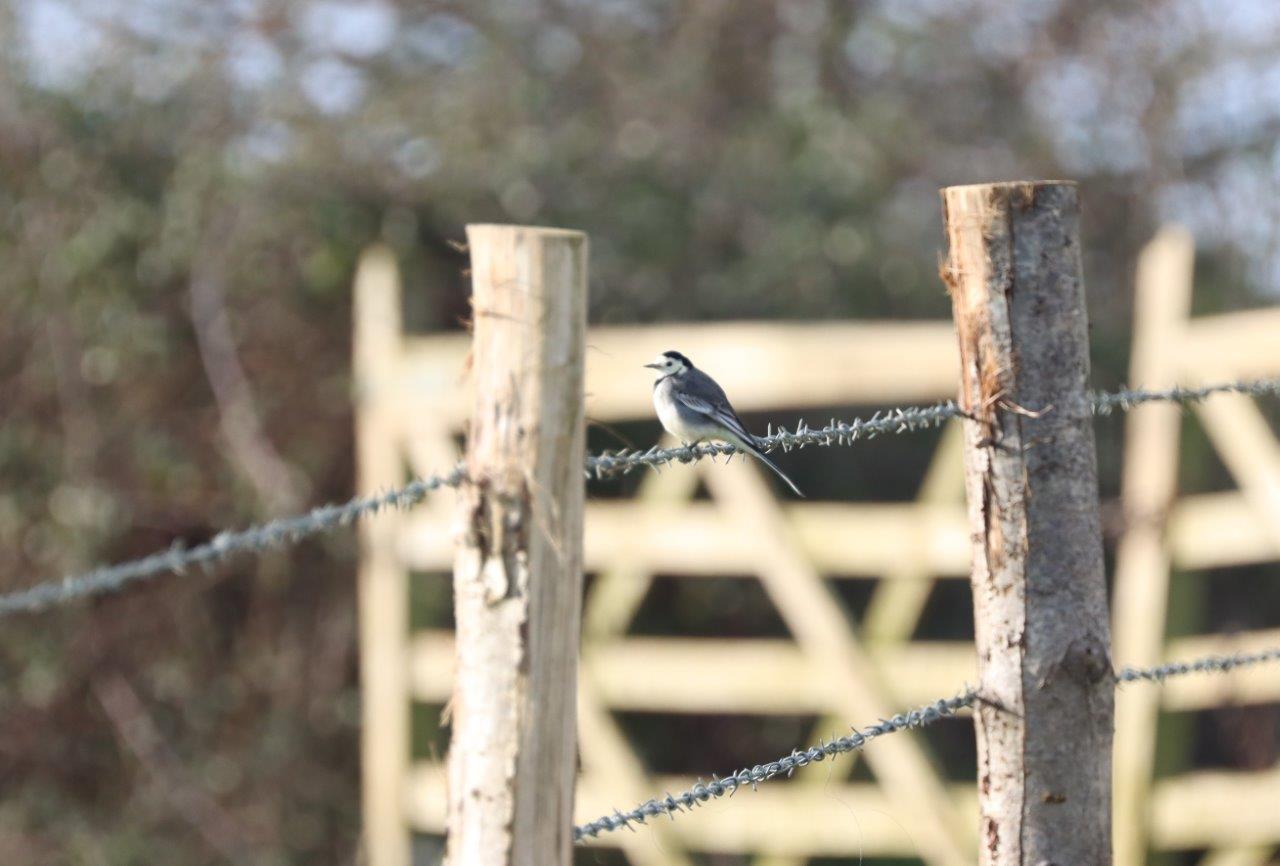
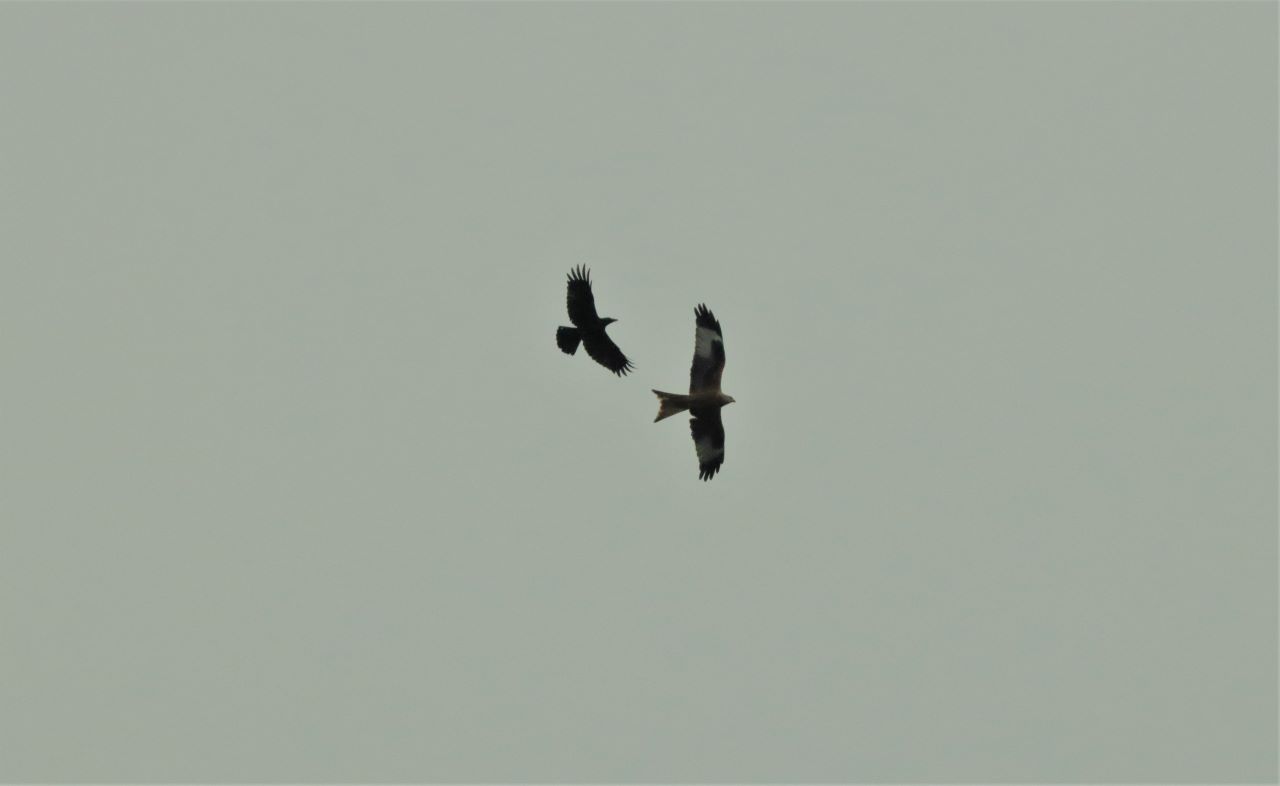


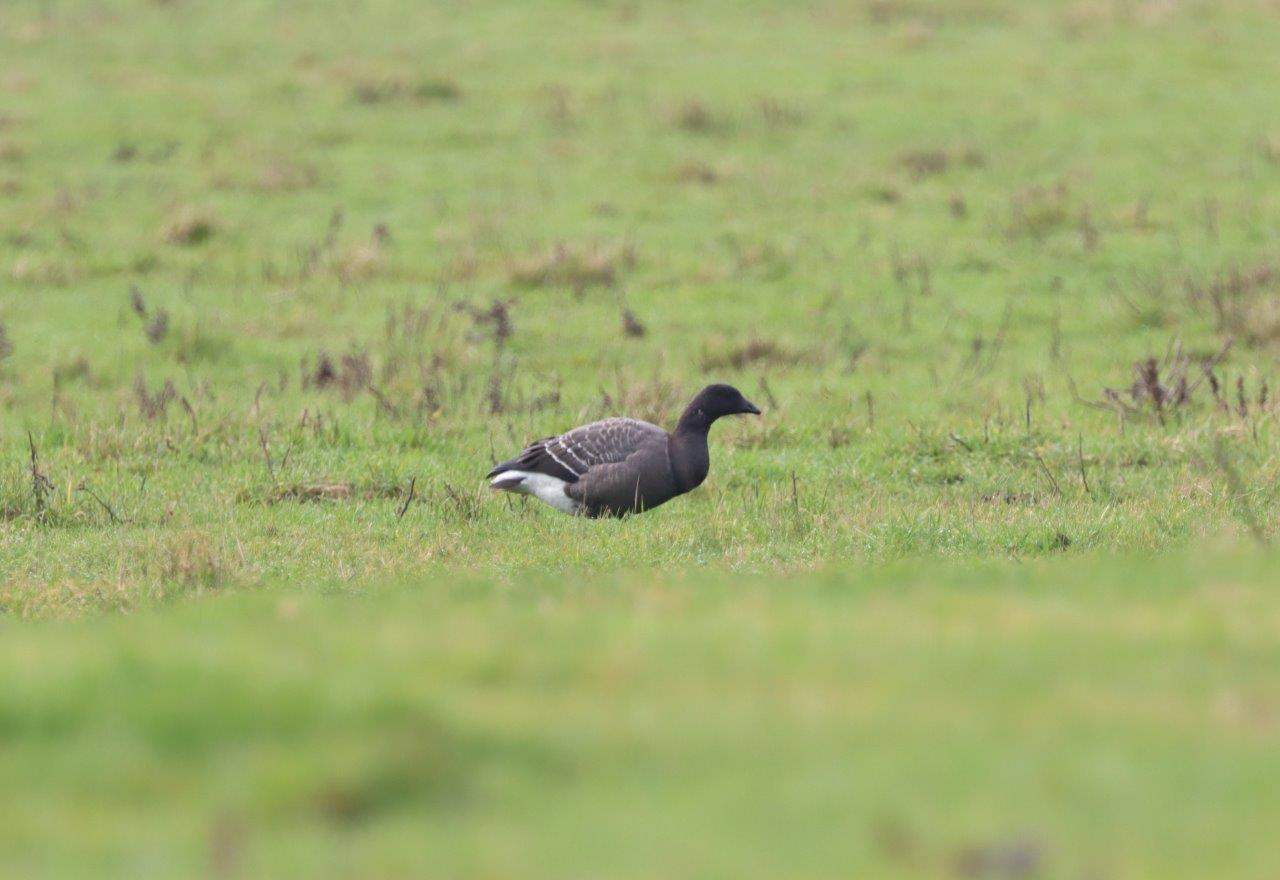
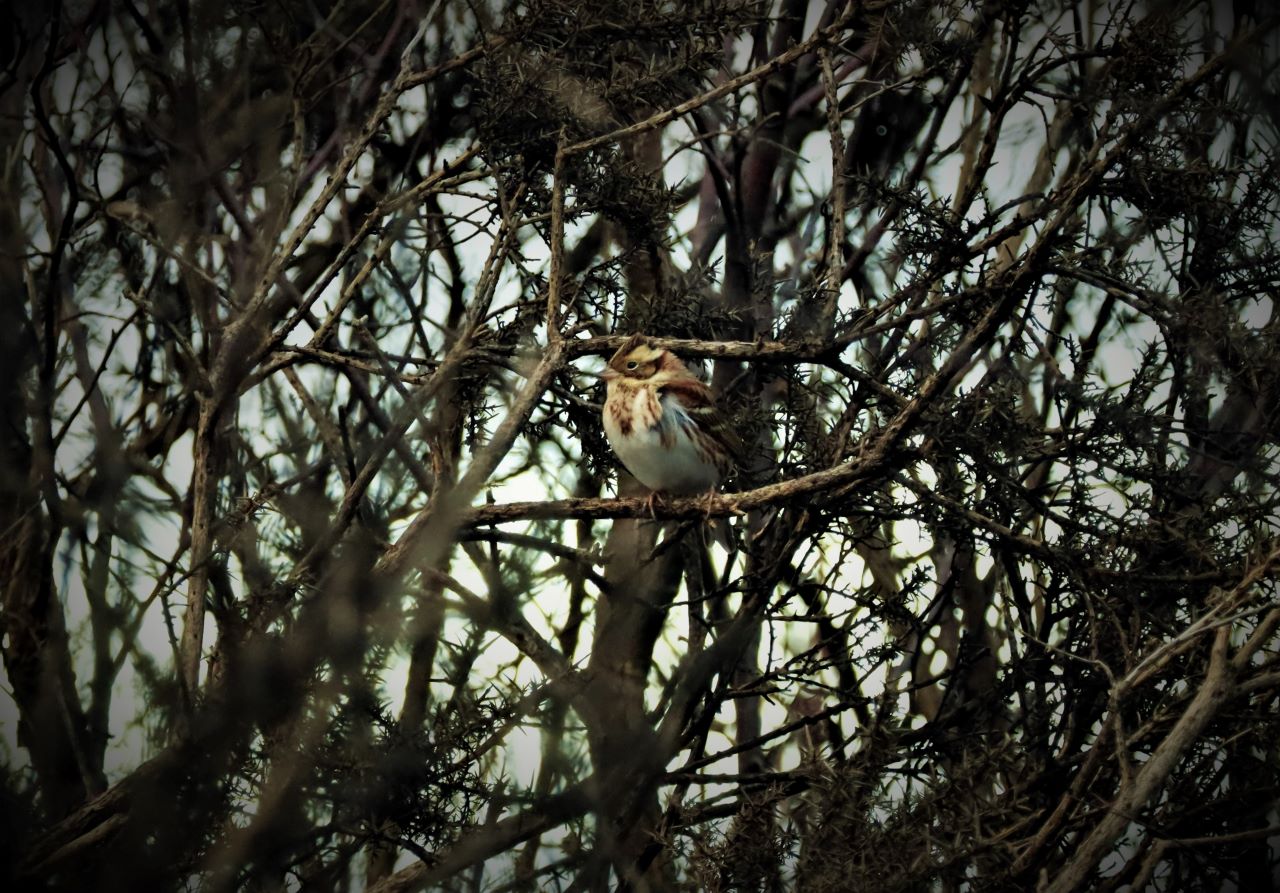







Recent Comments